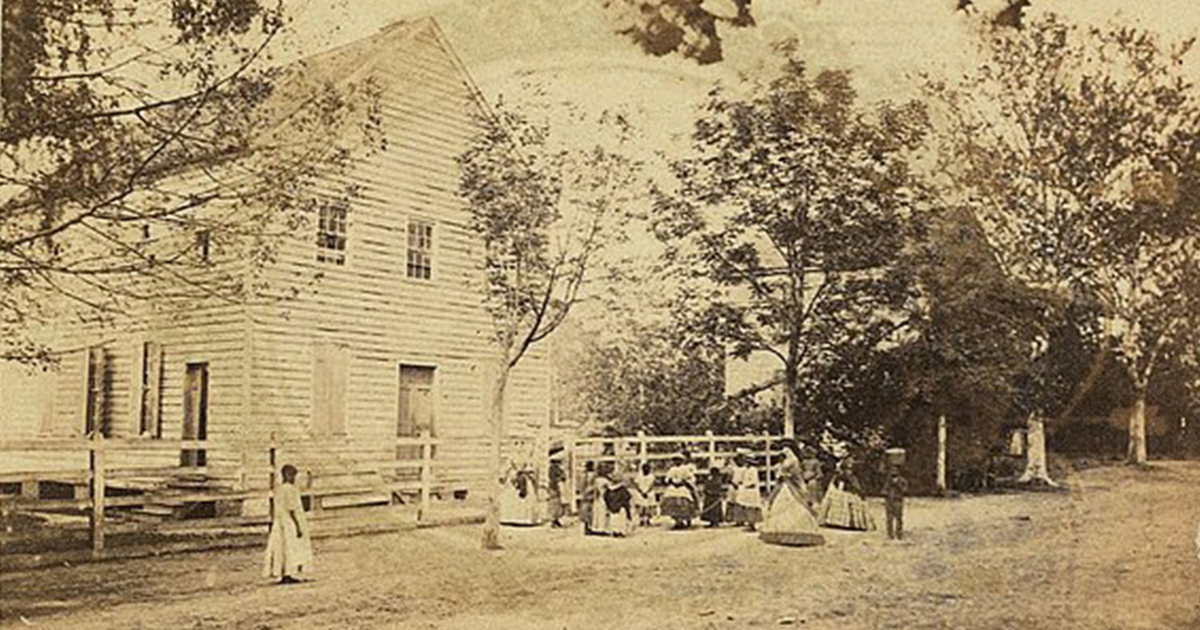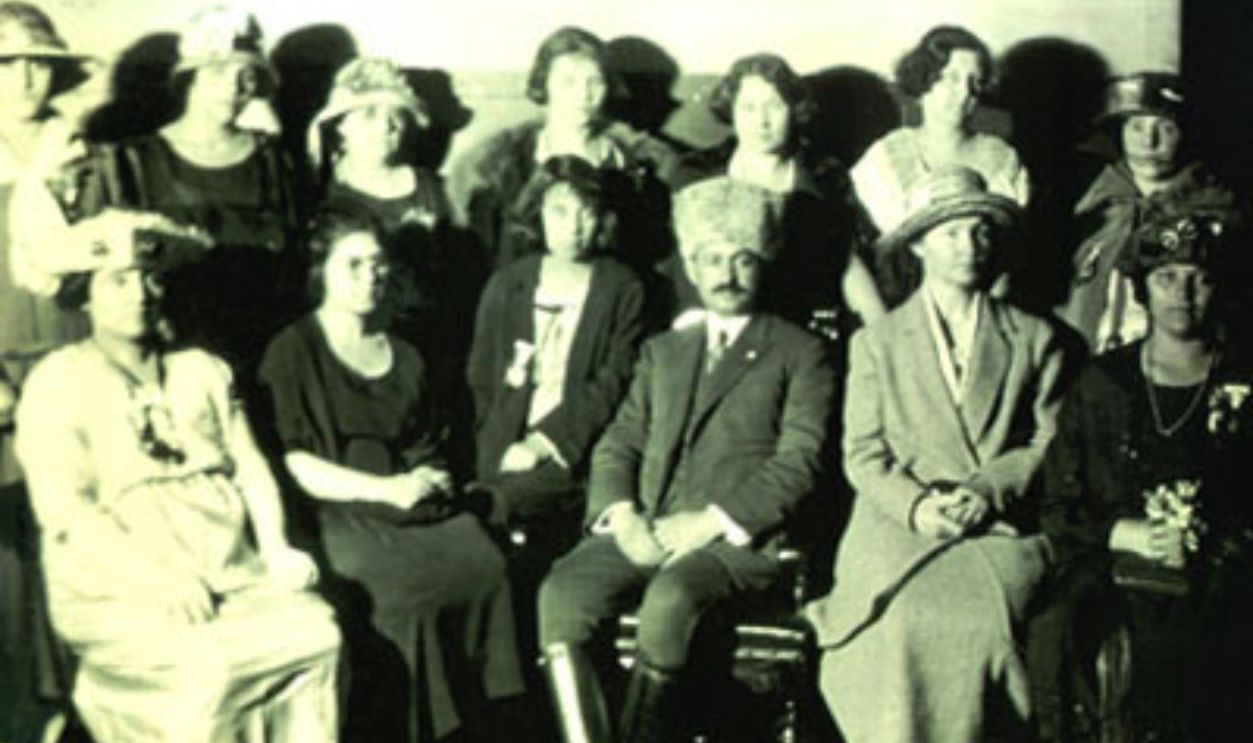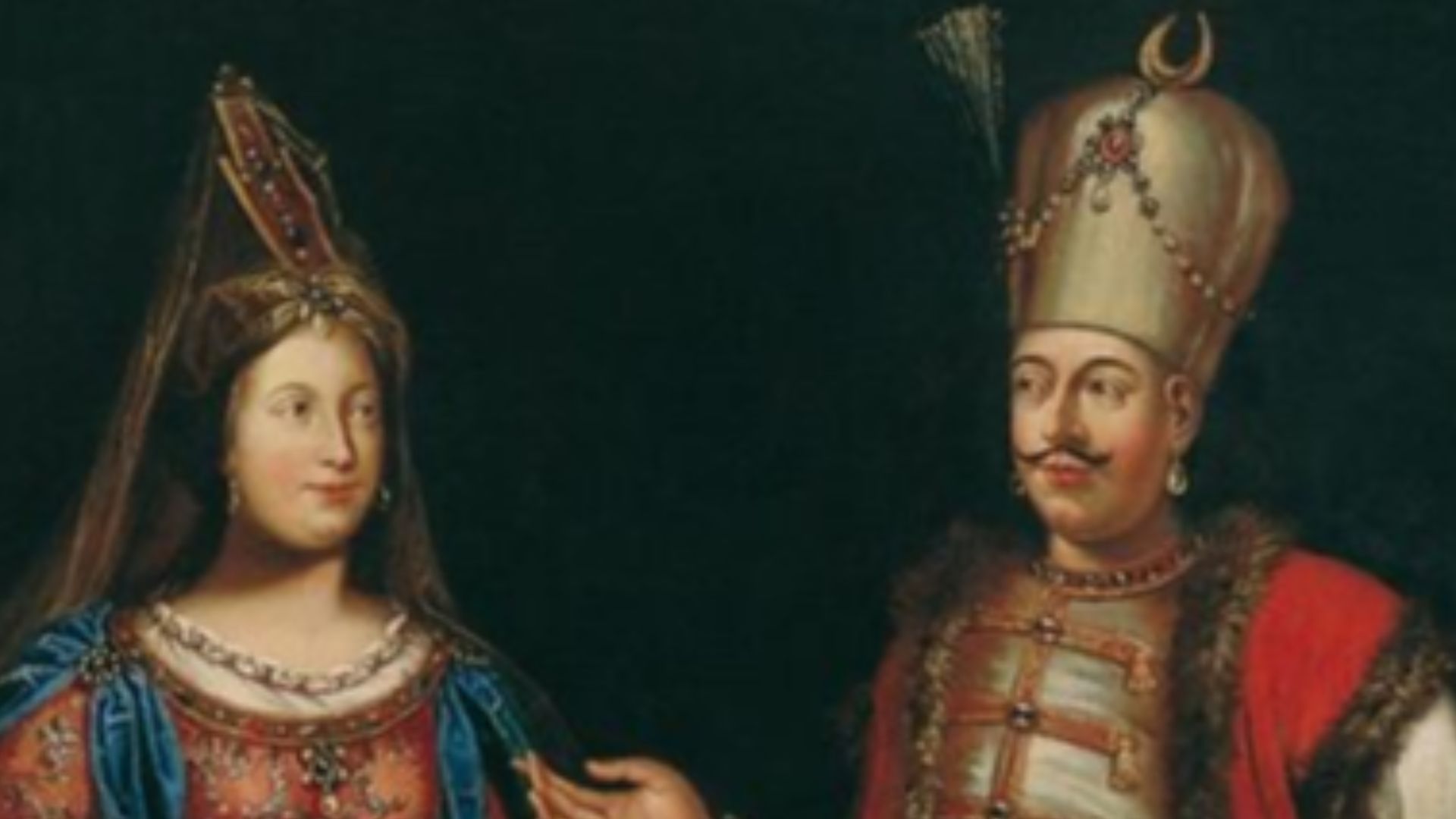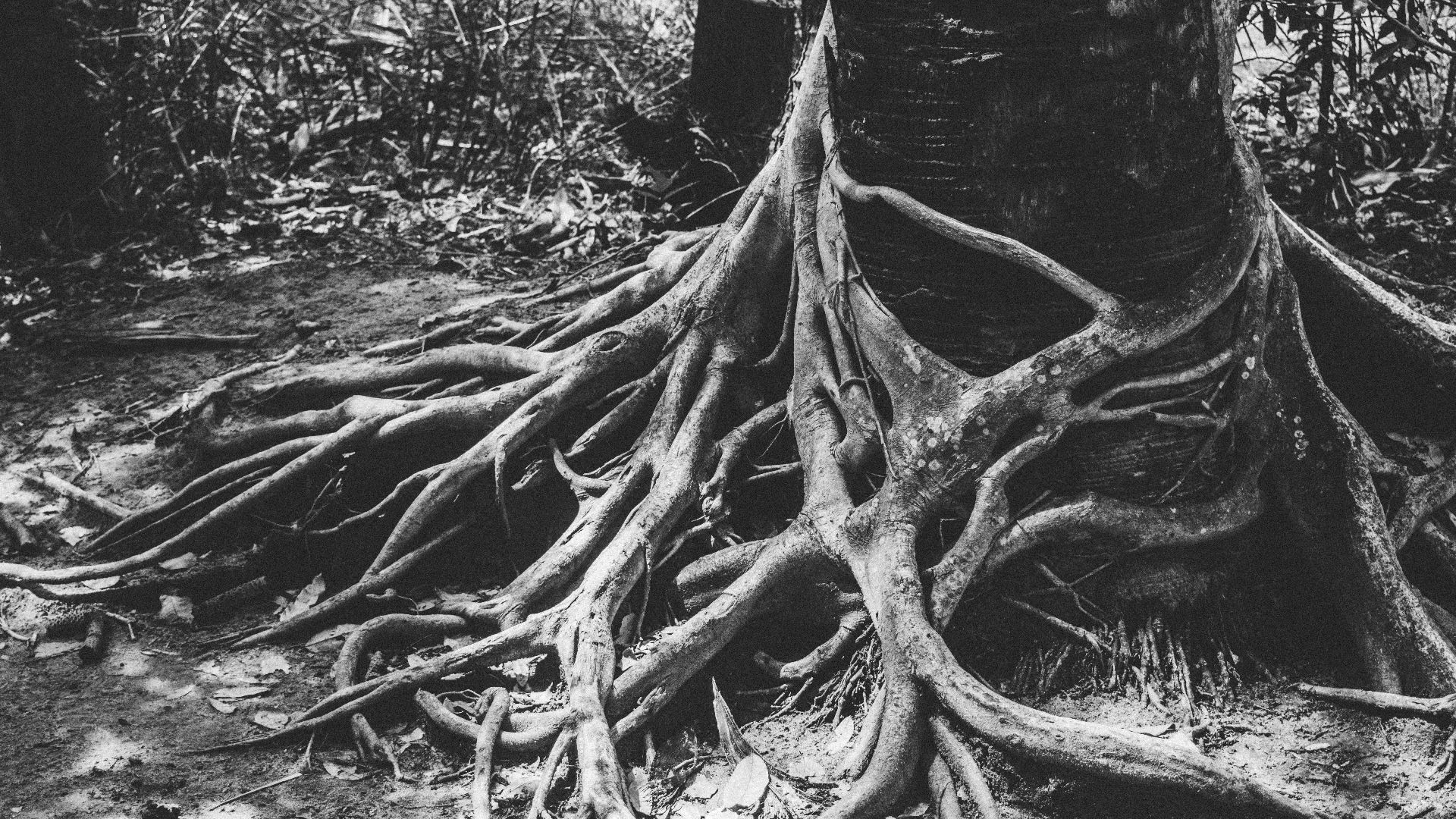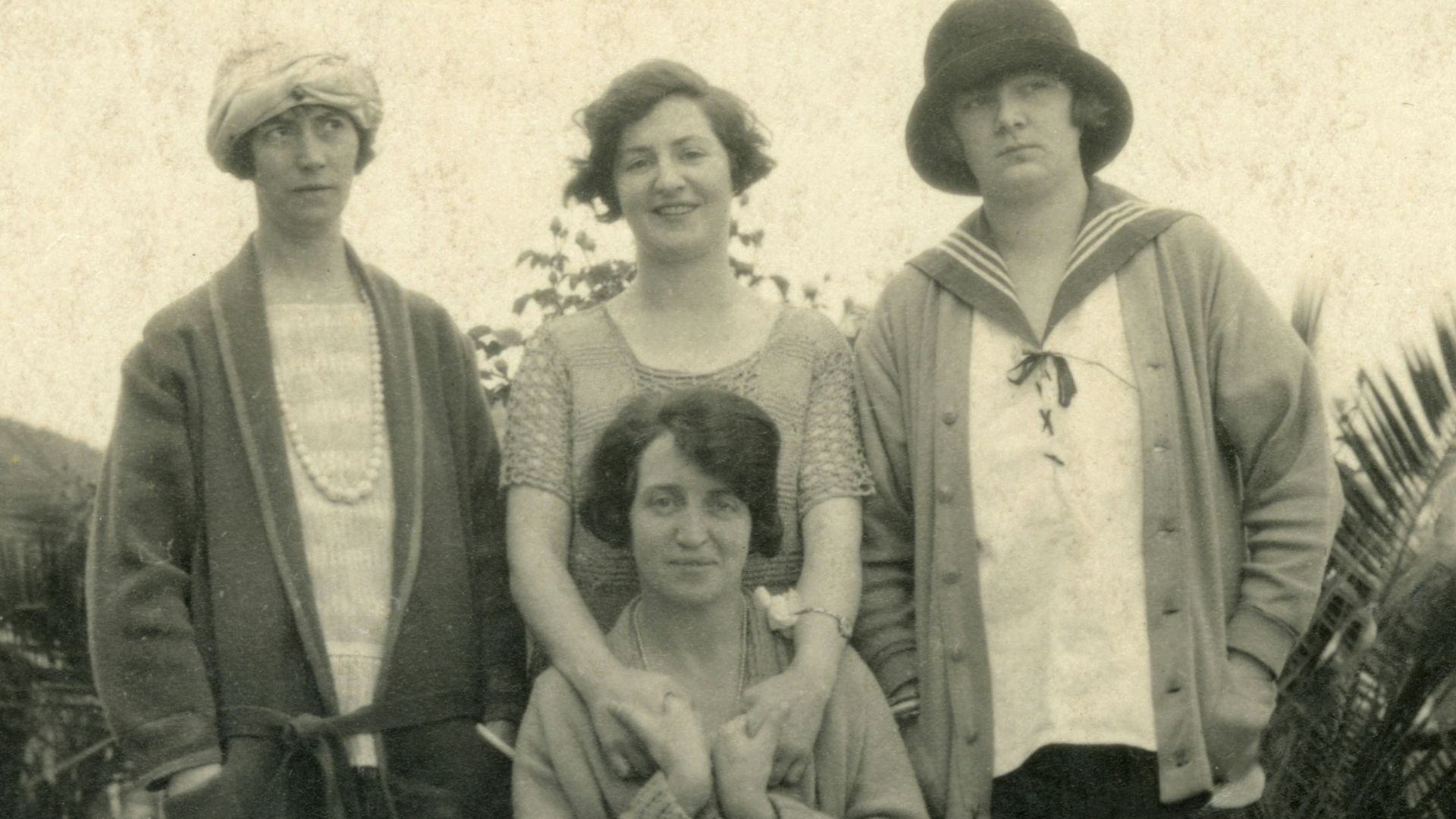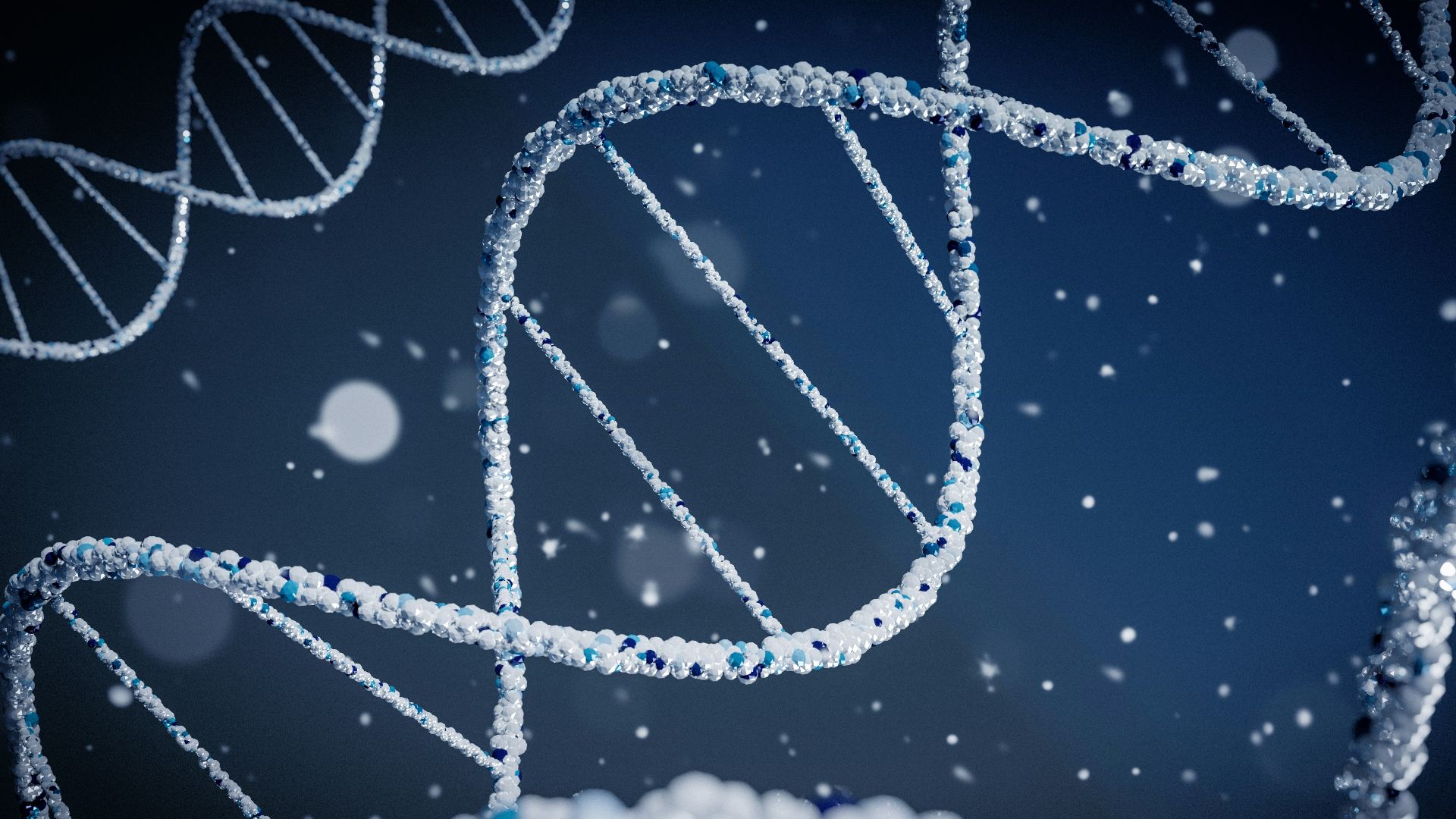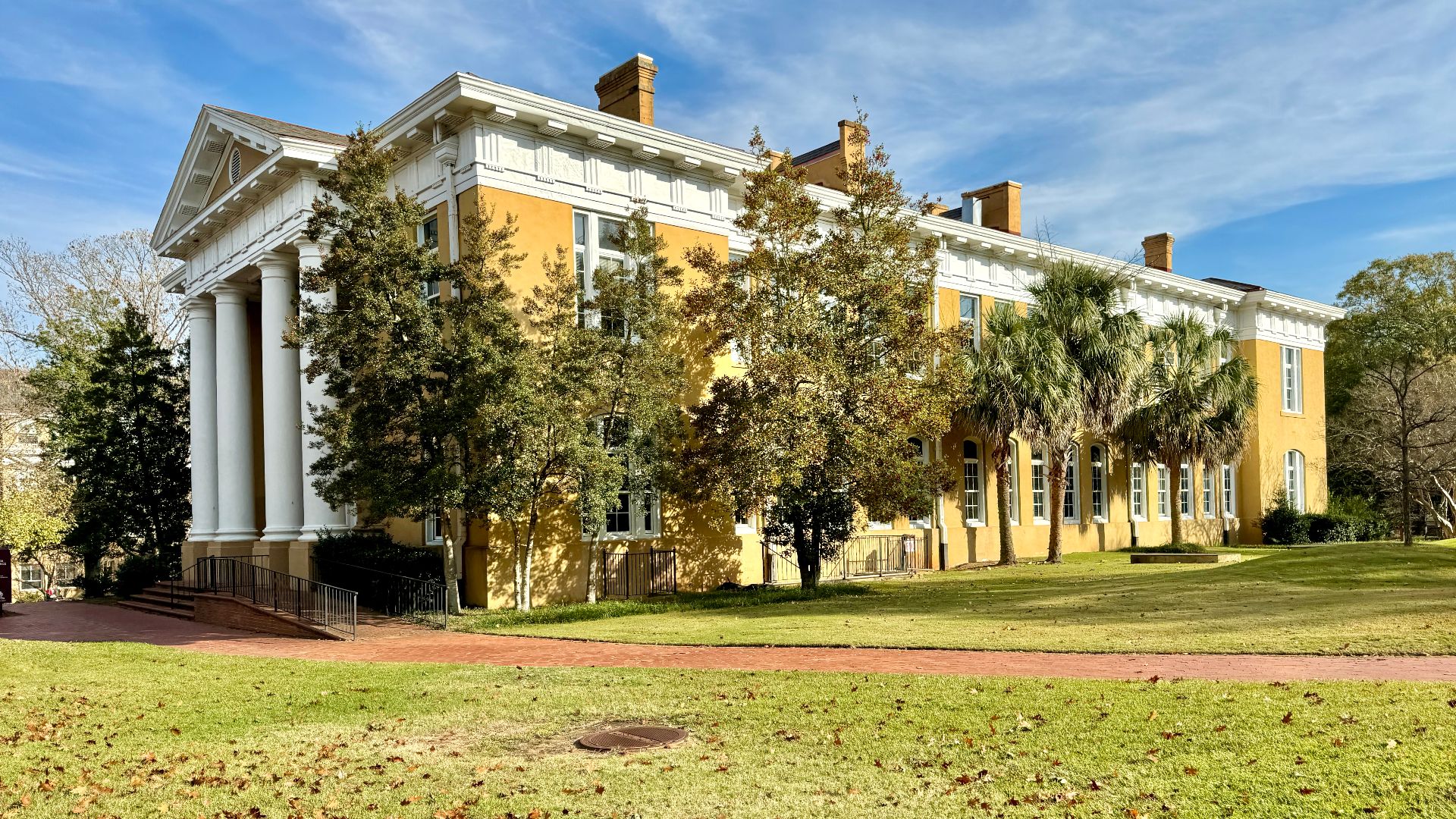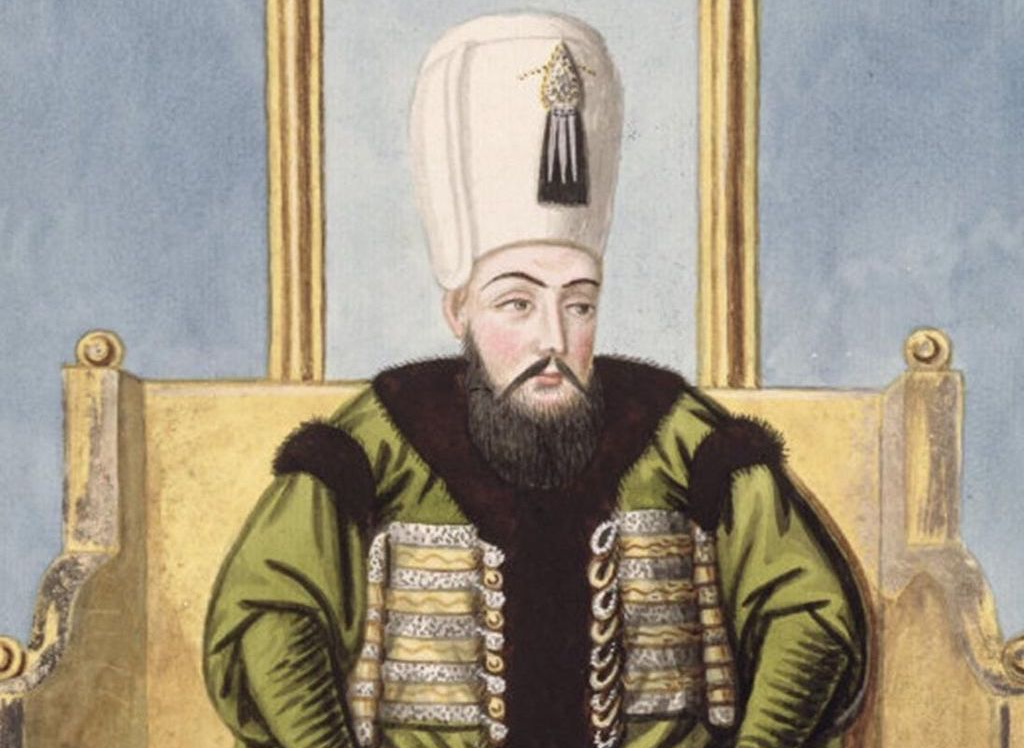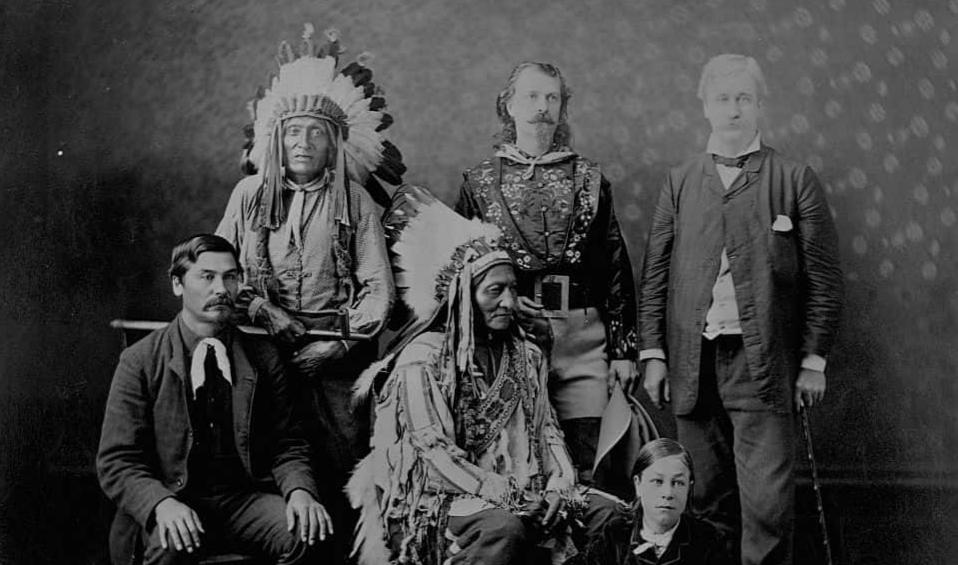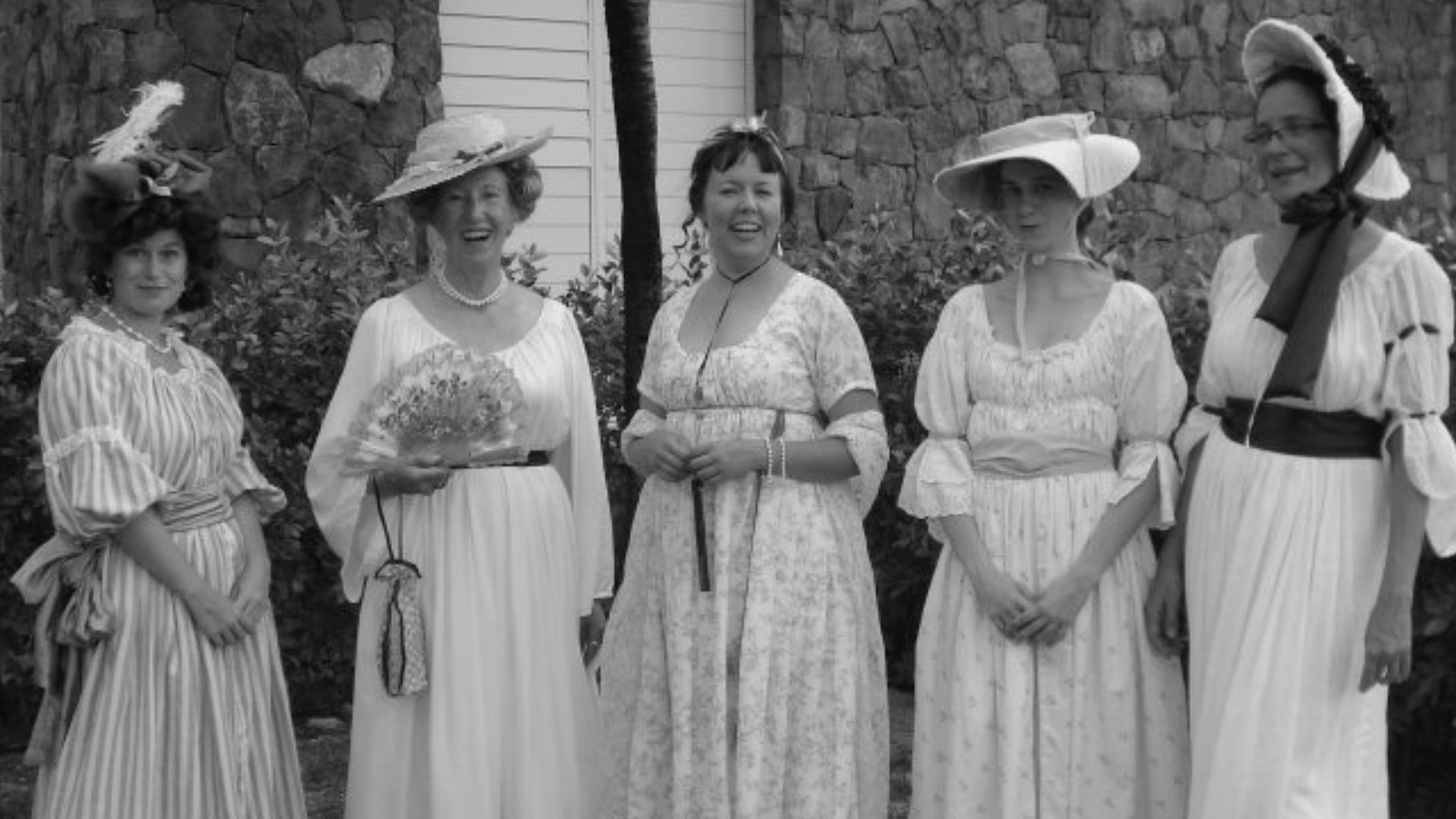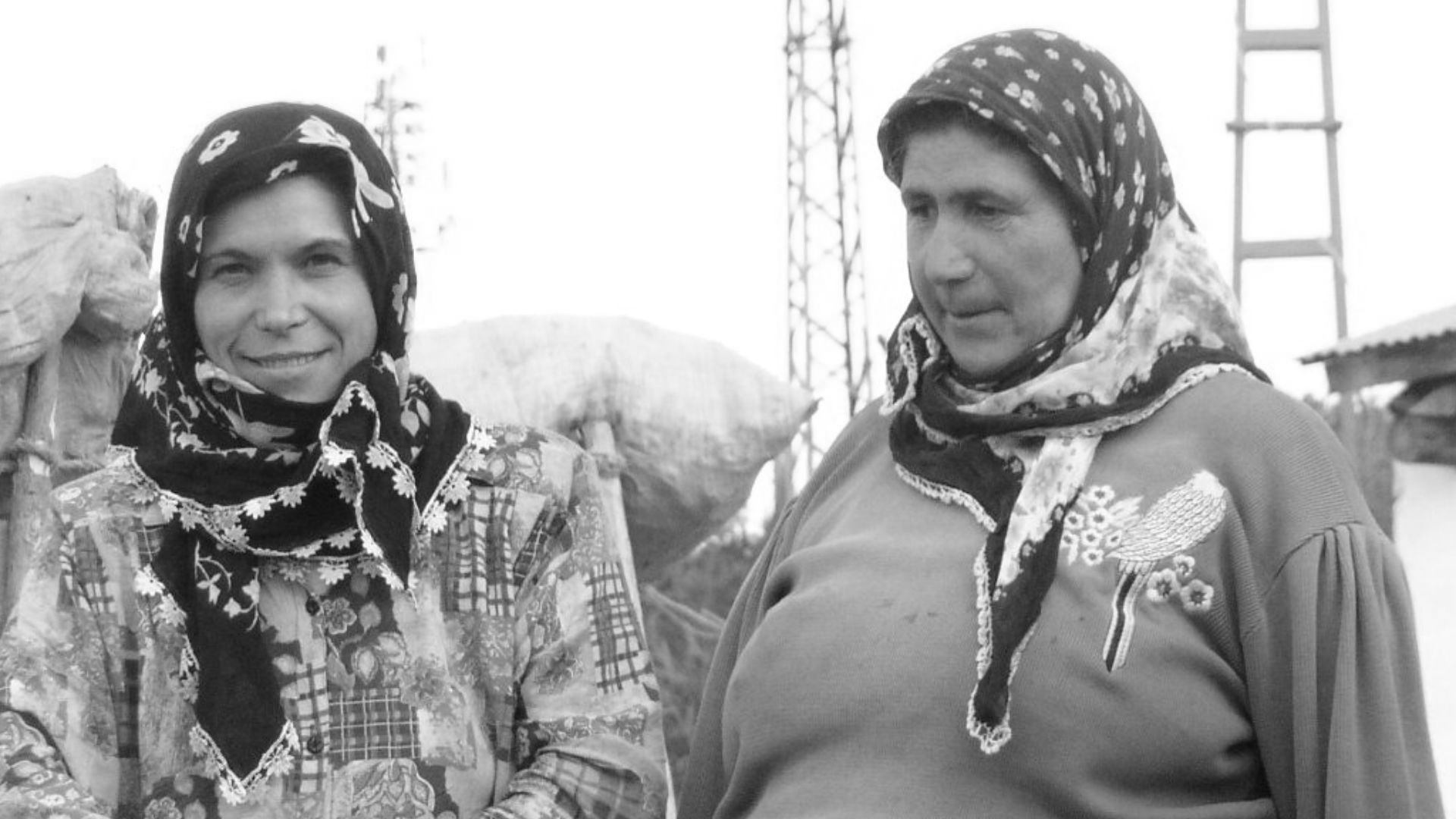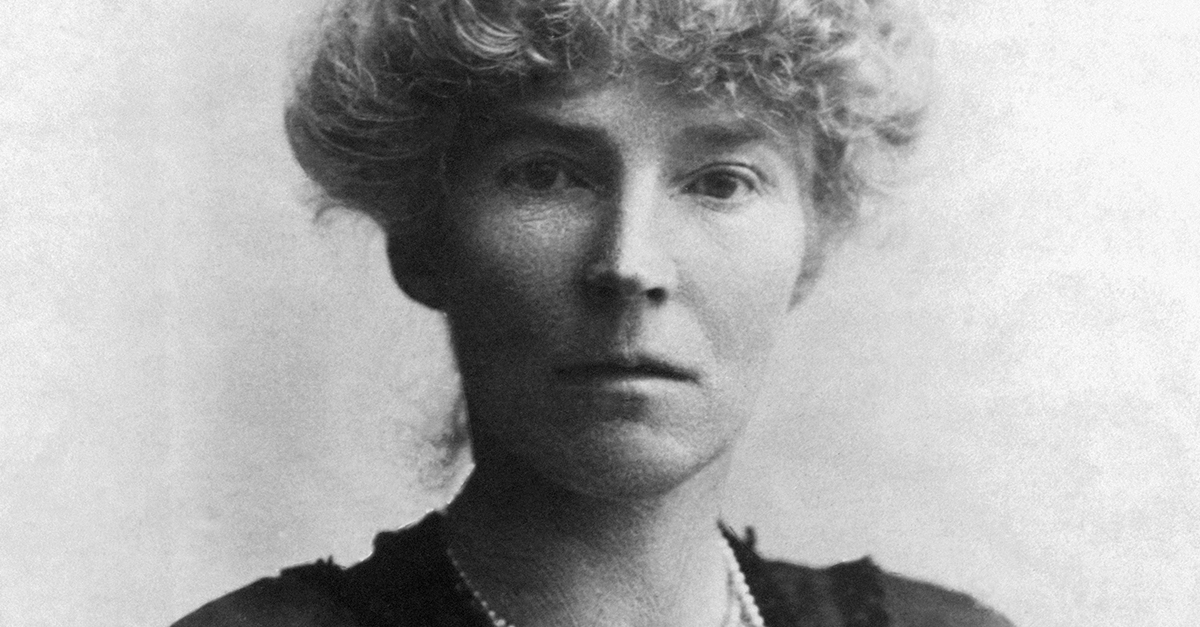A Community Presumed To Be Lying For Generations
For generations, the Turks of South Carolina were shunned by mainstream society as they didn’t quite fit cleanly into the traditional black-white hierarchy of the Deep South.
While they identified as white, their dark complexion and physical characteristics clearly set them apart, making them targets of discrimination—from people who simply did not believe them. 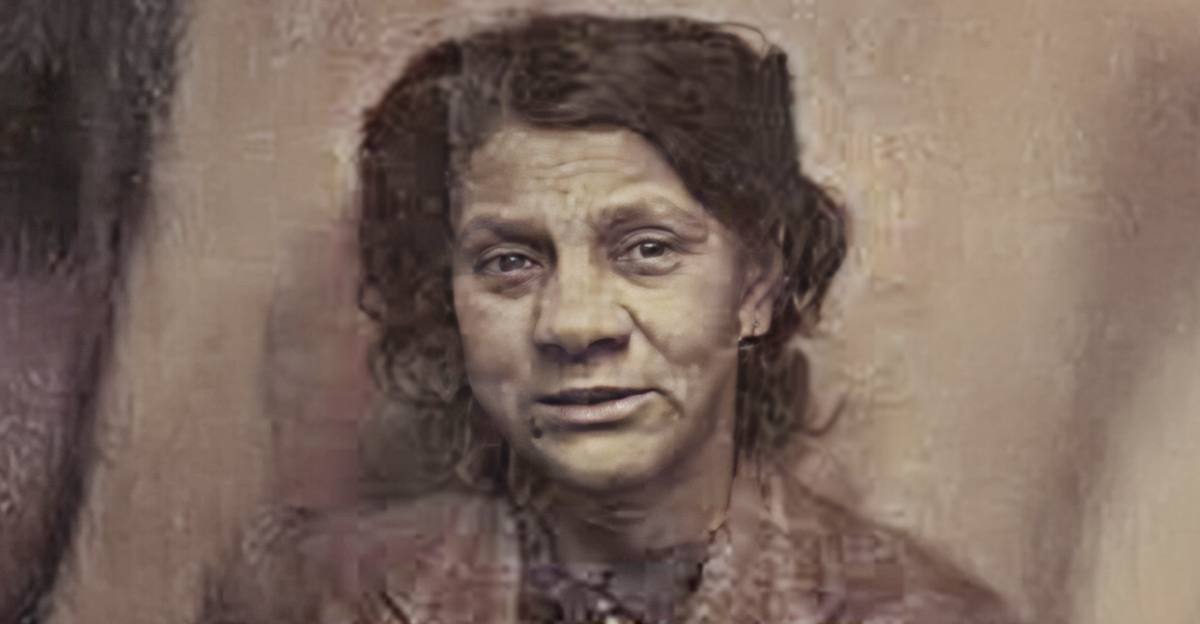
Why Would They Lie?
In a world where whites and Blacks were severely segregated, the Turks were widely believed to be African descendants masking as whites to avoid discrimination. But now, researchers have finally traced their roots—and the truth is finally out.
Centuries Of Distrust
The Turks of South Carolina, also known as Sumter Turks or Turks of Sumter County, prefer to be called Turkish, as "Turk" can be deemed derogatory by some. They have lived in the general area of Sumter County, South Carolina since the late 18th century, and have always been a tight-knit community—though not by choice.
 City of Sumter, Wikimedia Commons
City of Sumter, Wikimedia Commons
The Height Of Racial Segregation
Back in 18th-century South Carolina, white and Black people lived under a system of racial segregation with white individuals holding a dominant position in society and Black individuals experiencing significant restrictions.
This posed a huge problem for the Turkish people of South Carolina as they were believed to be neither white or Black.
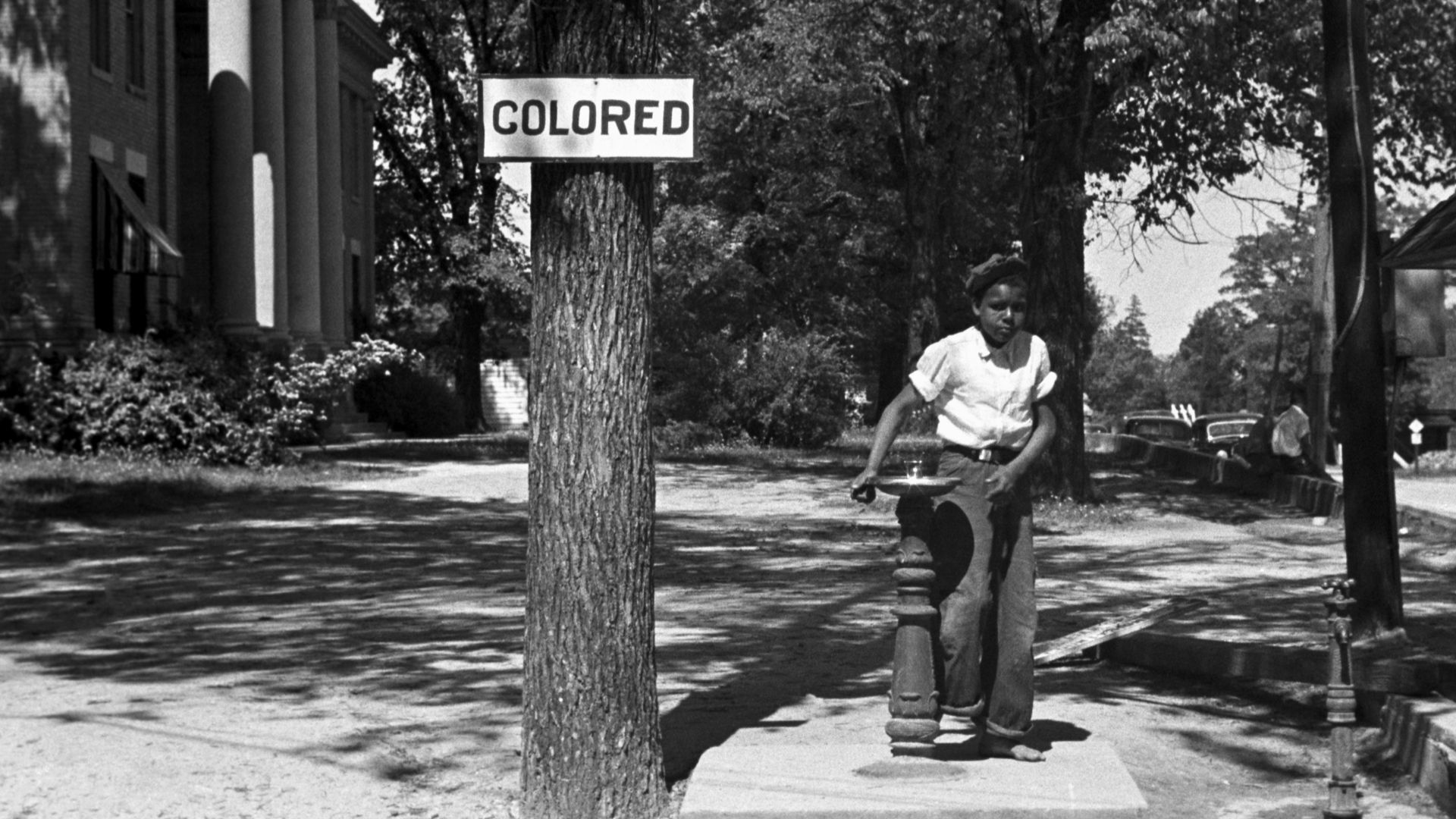 John Vachon, Wikimedia Commons
John Vachon, Wikimedia Commons
Their Appearance Confused People
The Turkish people of South Carolina had a visibly darker complexion, along with some physical characteristics that apparently society felt didn’t quite fit those from the white population. However, when it came down to what they identified as, they chose white.
Because of this, society didn’t know where to put them.
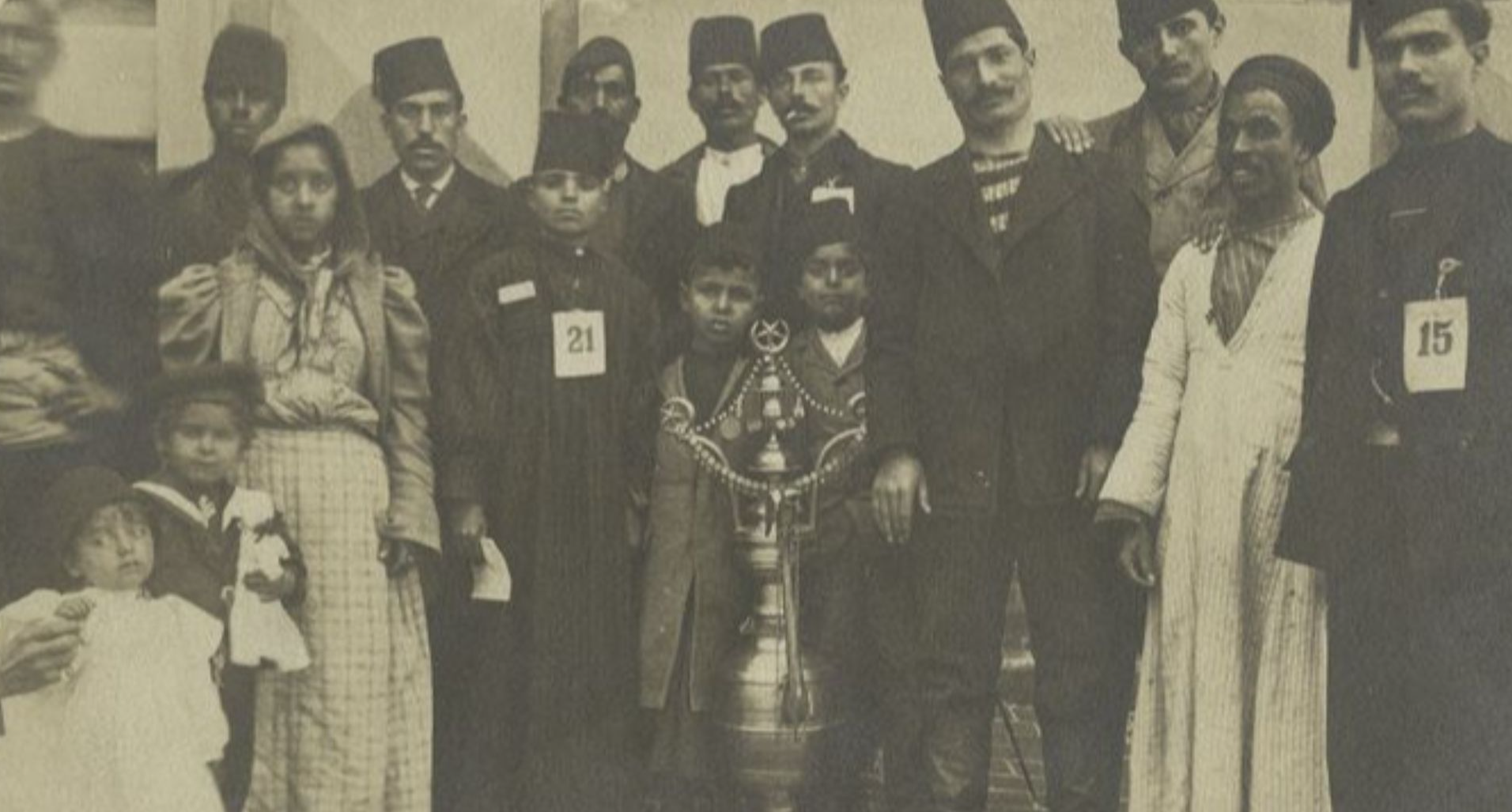 Miriam and Ira D, Wikimedia Commons
Miriam and Ira D, Wikimedia Commons
They Had No Say In Who They Were
The Turkish people were ultimately shunned by society, and were forced to live in isolation for many, many years. As racial segregation got worse, the Turkish found themselves in the frontline of discrimination—and it was absolutely devastating.
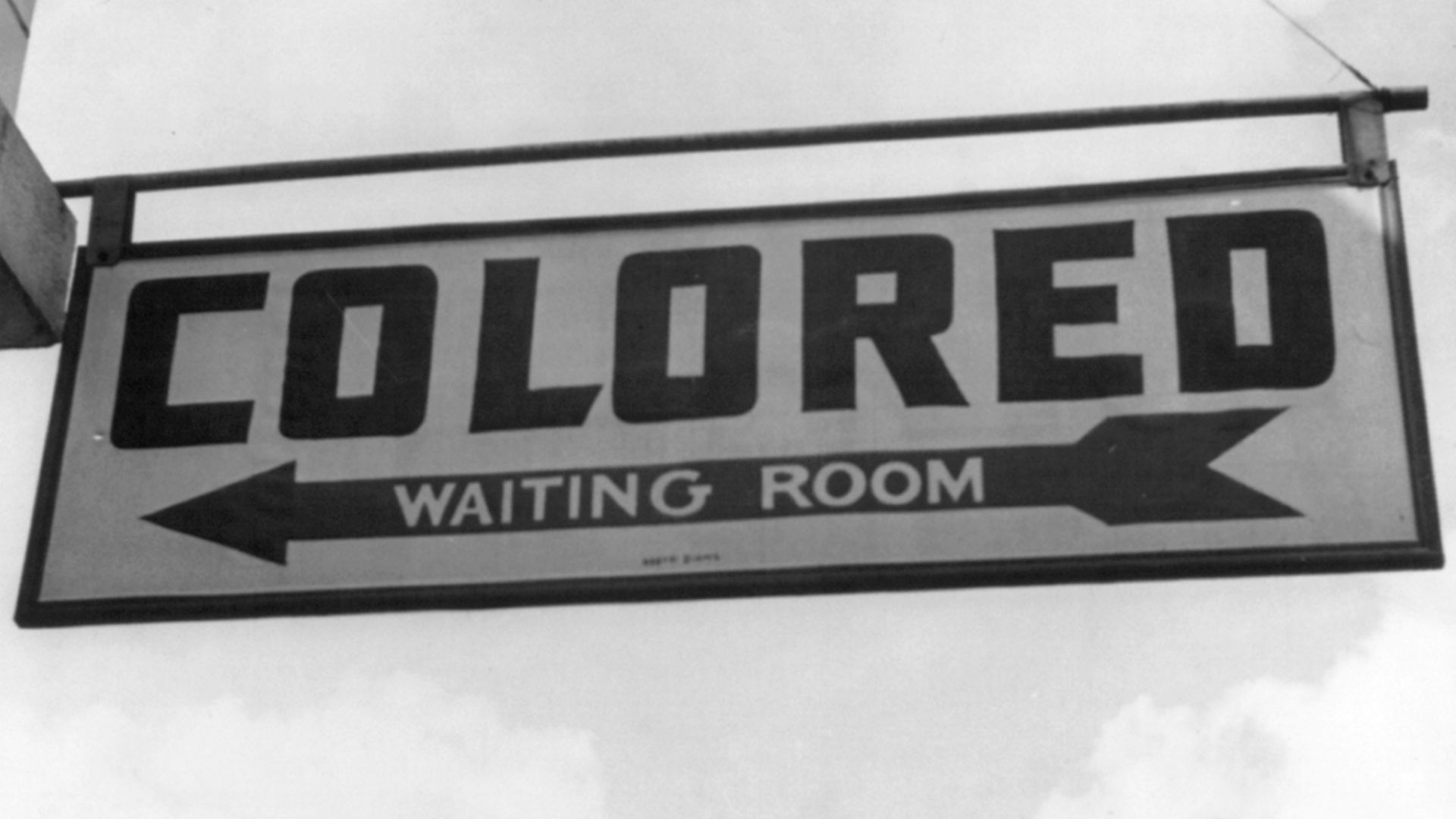 Esther Bubley, Wikimedia Commons
Esther Bubley, Wikimedia Commons
They Were Ridiculed
In the 1900s, segregation laws in America became widespread, with strict rules regarding the use of public bathrooms, sidewalks, and even entry points on public buildings and houses.
The Turkish were ridiculed no matter what they did, as they were essentially unwelcome everywhere.
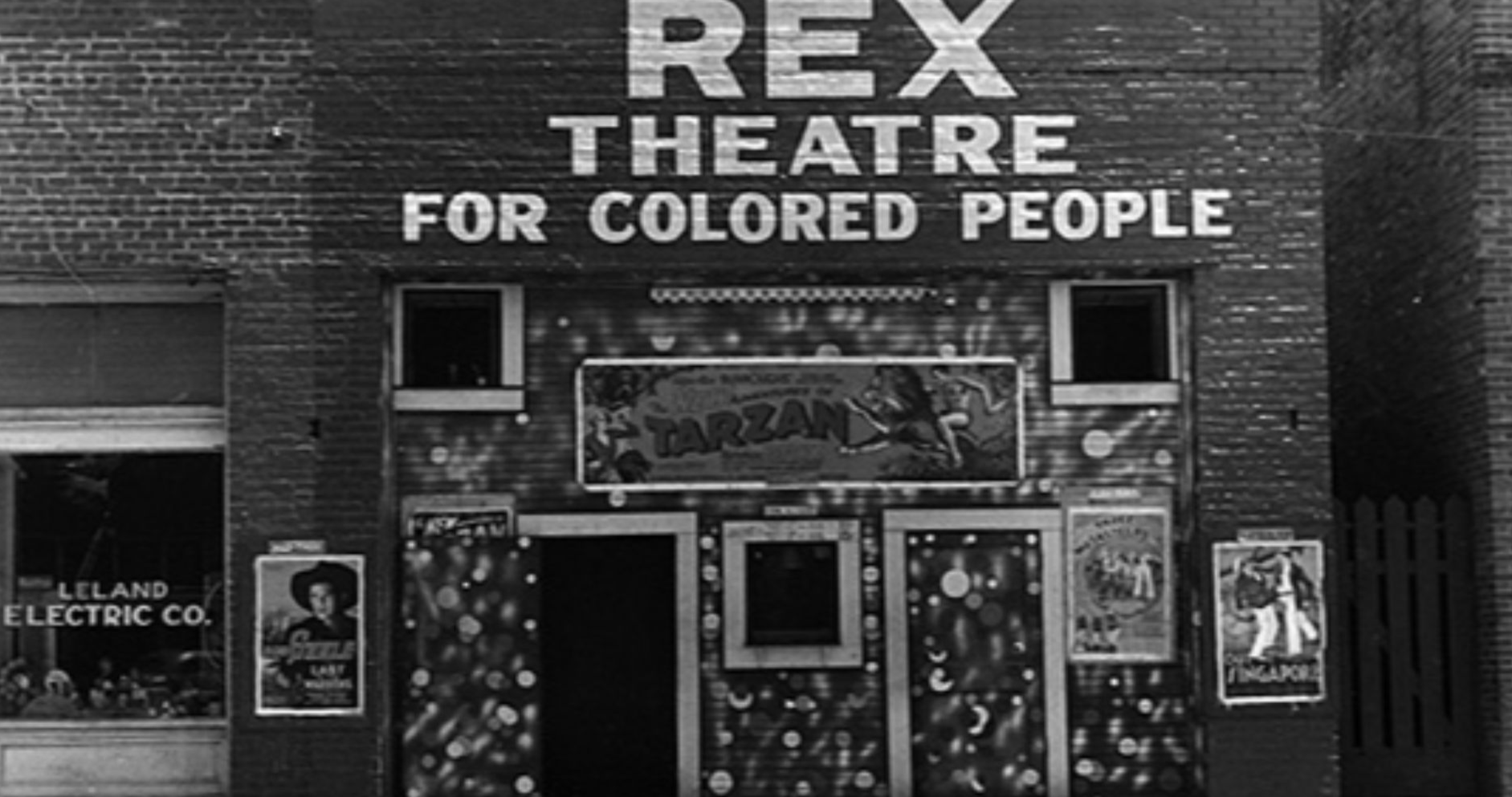 Dorothea Lange, Wikimedia Commons
Dorothea Lange, Wikimedia Commons
They Were Not Allowed On Sports Teams
During a research study on this community in which we will delve further into later, an interview with a living member of the community highlighted just how challenging it was growing up as an outcast. Turkish boys and girls were not allowed on sports teams, and were not allowed to sit with other non-Turkish kids on the school bus.
But that’s not even the worst of it.
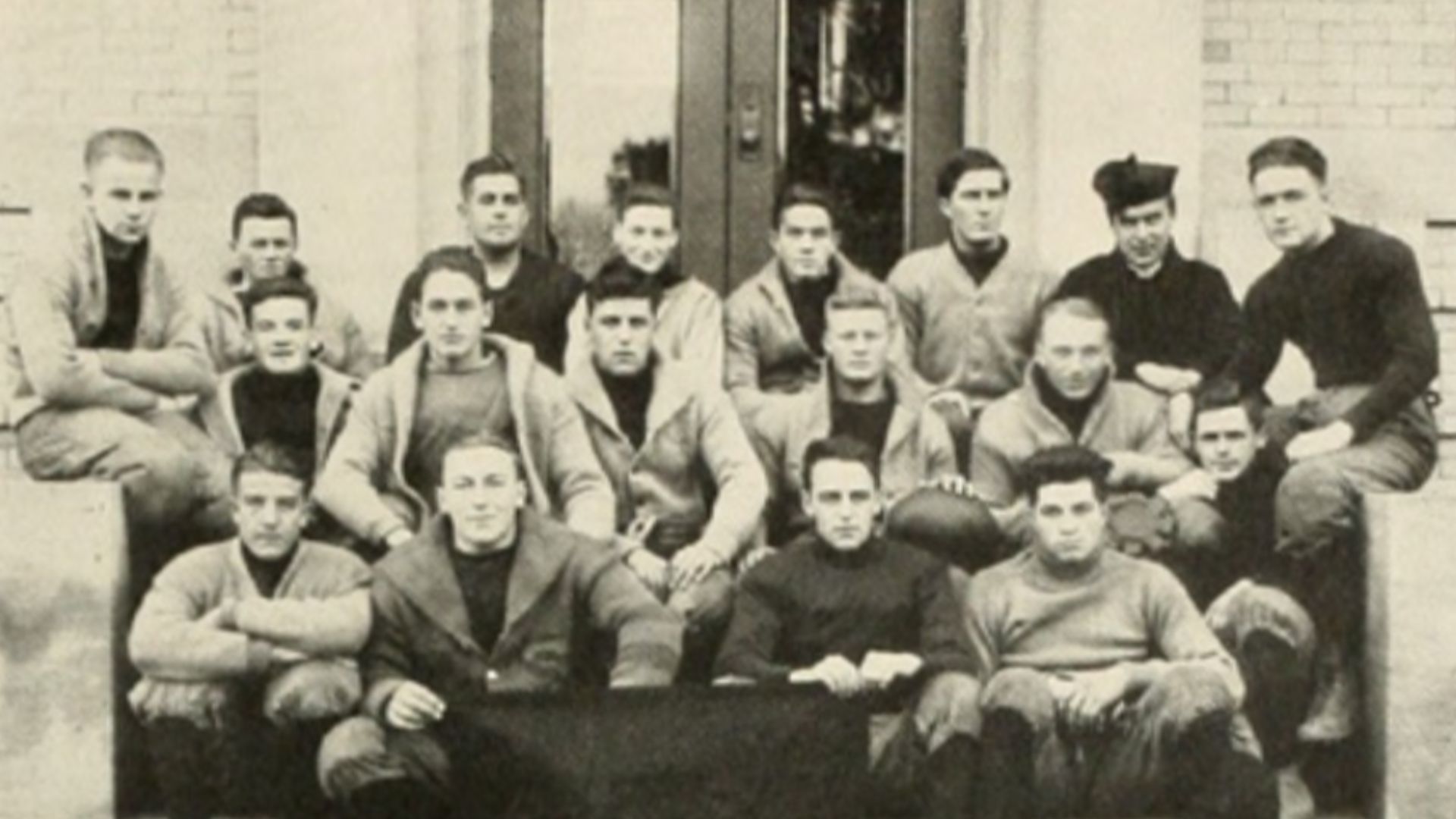 Photographer for The Dome, Wikimedia Commons
Photographer for The Dome, Wikimedia Commons
They Were Turned Away
The Turkish people of South Carolina were publicly grouped with Blacks, who were extremely segregated at this time. Even though they identified as white, people didn’t believe them.
During the interviews, a Turkish woman shared a memory of a white hairstylist who refused to cut a dark Turkish teenager’s hair. Even worse, during a Ku Klux Klan riot, the woman, a young child at the time, traumatically witnessed people burning a cross on her father’s yard. “We were afraid to go outside the house”, she recalled.
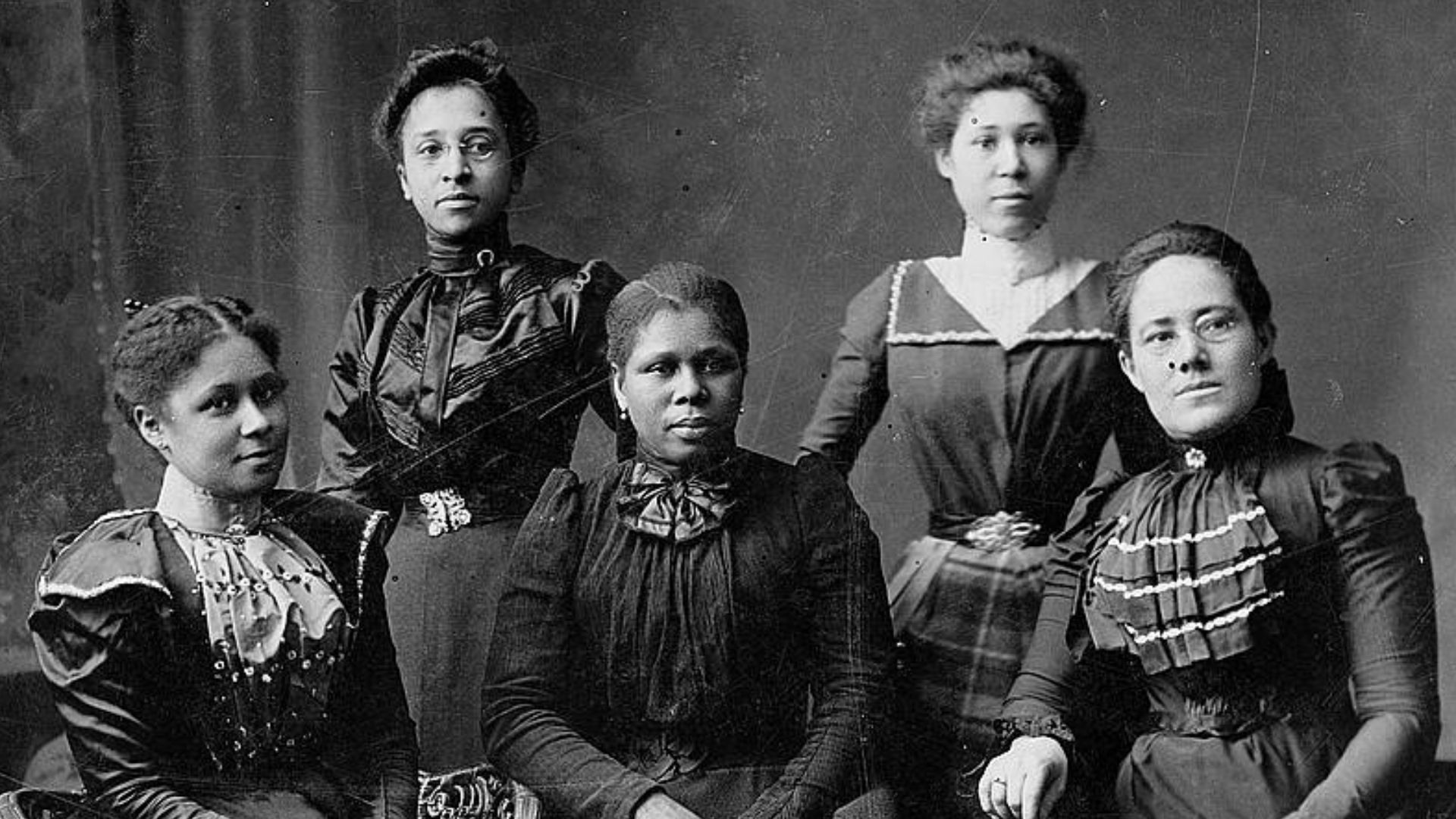 African American Photographs Assembled for 1900 Paris Exposition, Wikimedia Commons
African American Photographs Assembled for 1900 Paris Exposition, Wikimedia Commons
Turkish Policies Were Introduced
They lived in Sumter County, specifically in the rural areas of small-town Dalzell. And, according to Dr Terri Ann Ognibene, a Sumter Turk herself, for years their community was denied equal access to education. Much like their Black neighbors, policies were introduced and specific “Turkish schools”, “Turkish buses”, and even “Turkish cinemas” were introduced to keep this small community completely separate from the rest of society.
But this is where things get messy.
South Carolina’s Third Race
Brian Benenhaley, a Turkish man living in Sumter County today, told the New York Times that even though his father was fairly dark-skinned, the Black community didn’t quite welcome them either. White people “looked down on” his family, but at the same time, Benenhaley said his father would have been “scandalized” if his sister had dated a Black boy.
They were basically put into a racial category of their own, somewhere between white and nonwhite—and, some might even say, between fact and legend.
Their Oral History Is All They Have
The Turkish people of South Carolina were adamant that they were descendants of “white folk”. They even have a historical story to back up their claims—one that paints a legendary picture of an early settler from the Ottoman Empire.
Their “Leader” Earned His Place In America
Through oral tradition, they have always claimed an ancestral connection to a Caucasian man of "Arab descent". His name was Joseph Benenhaley, and he apparently earned his place in America after serving in the American Revolutionary War.
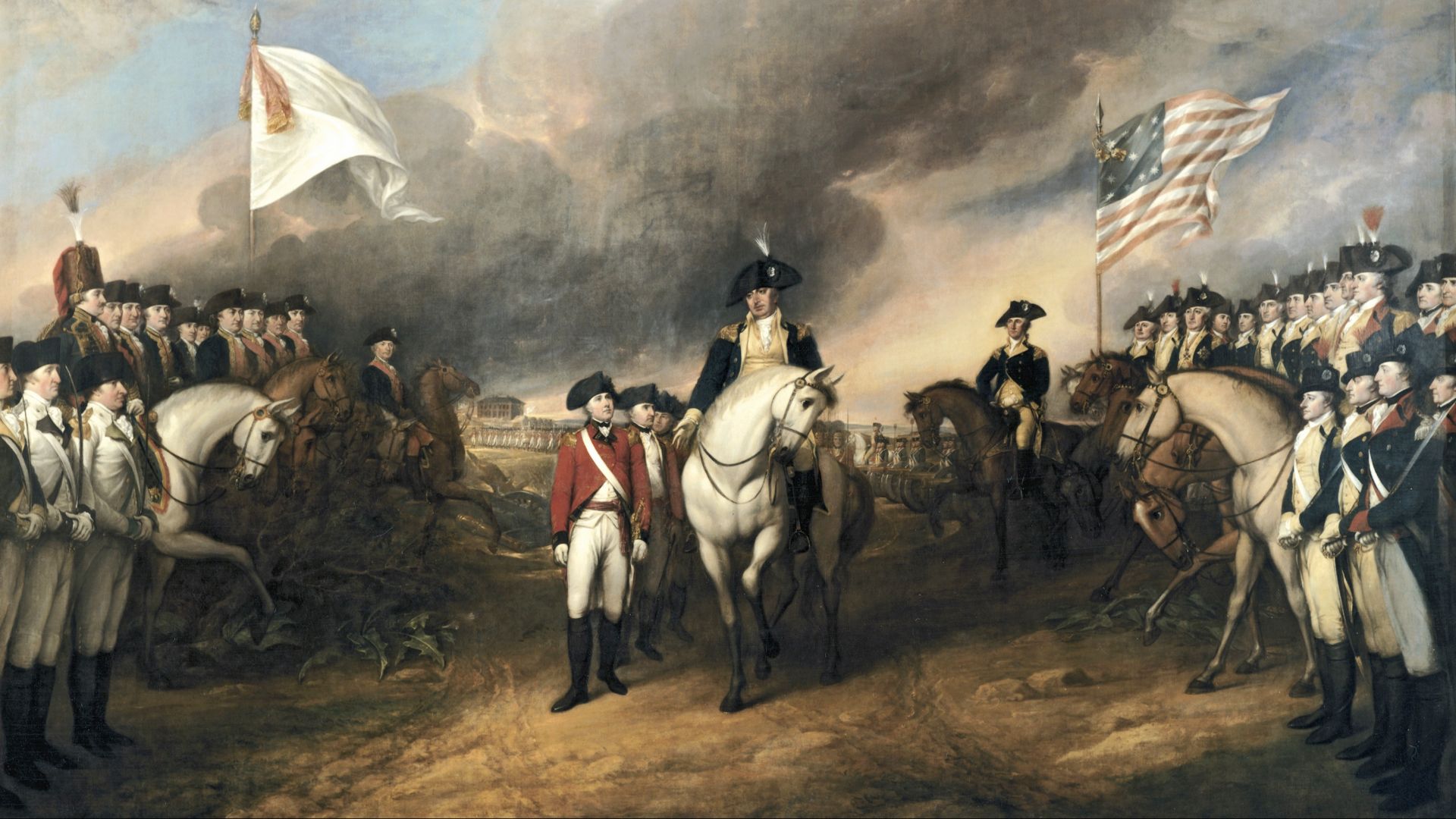 John Trumbull, Wikimedia Commons
John Trumbull, Wikimedia Commons
Their Beginning
According to tradition, Joseph Benenhaley, commonly referred to as the Turkish’s ancestral patriarch, was born around 1753 somewhere in the Ottoman Empire, and made his way to South Carolina where he then served as a scout for General Thomas Sumter during the American Revolution.
His war efforts were then awarded with land on Sumter’s plantation—where he went on to start a family.
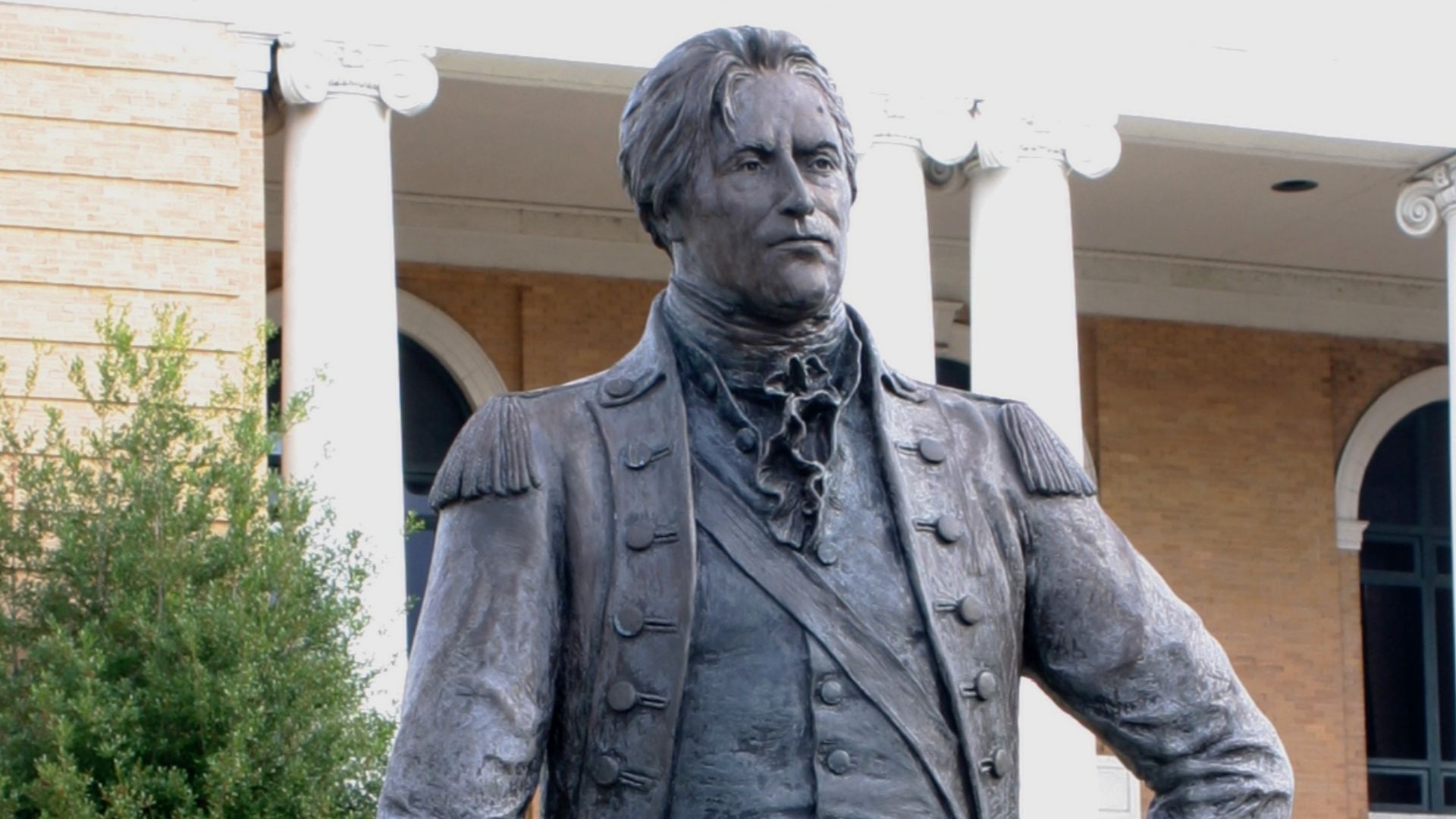 Pollinator at English Wikipedia, Wikimedia Commons
Pollinator at English Wikipedia, Wikimedia Commons
Blurred Lines
Joseph was the first “Turk” in Sumter County, with no initial connection with Blacks, Native American Indians, or the Melungeons. As time went on, some white, Black, and even Native outsiders married into the family, blurring the lines of heritage. Even still, most who identified with the community considered themselves people of Turkish descent.
But just as the Turkish people were not easily accepted outside their community—the outsiders were not well-received inside their community either.
 Unknown authorUnknown author, Wikimedia Commons
Unknown authorUnknown author, Wikimedia Commons
Possible Marriage Customs
Much like many other small communities of the time, the Turkish of South Carolina may have had some unwritten societal customs, especially when it came to marriage. And while there were no forced marriages, there may have been some guidelines to follow—especially when it came to the bloodline.
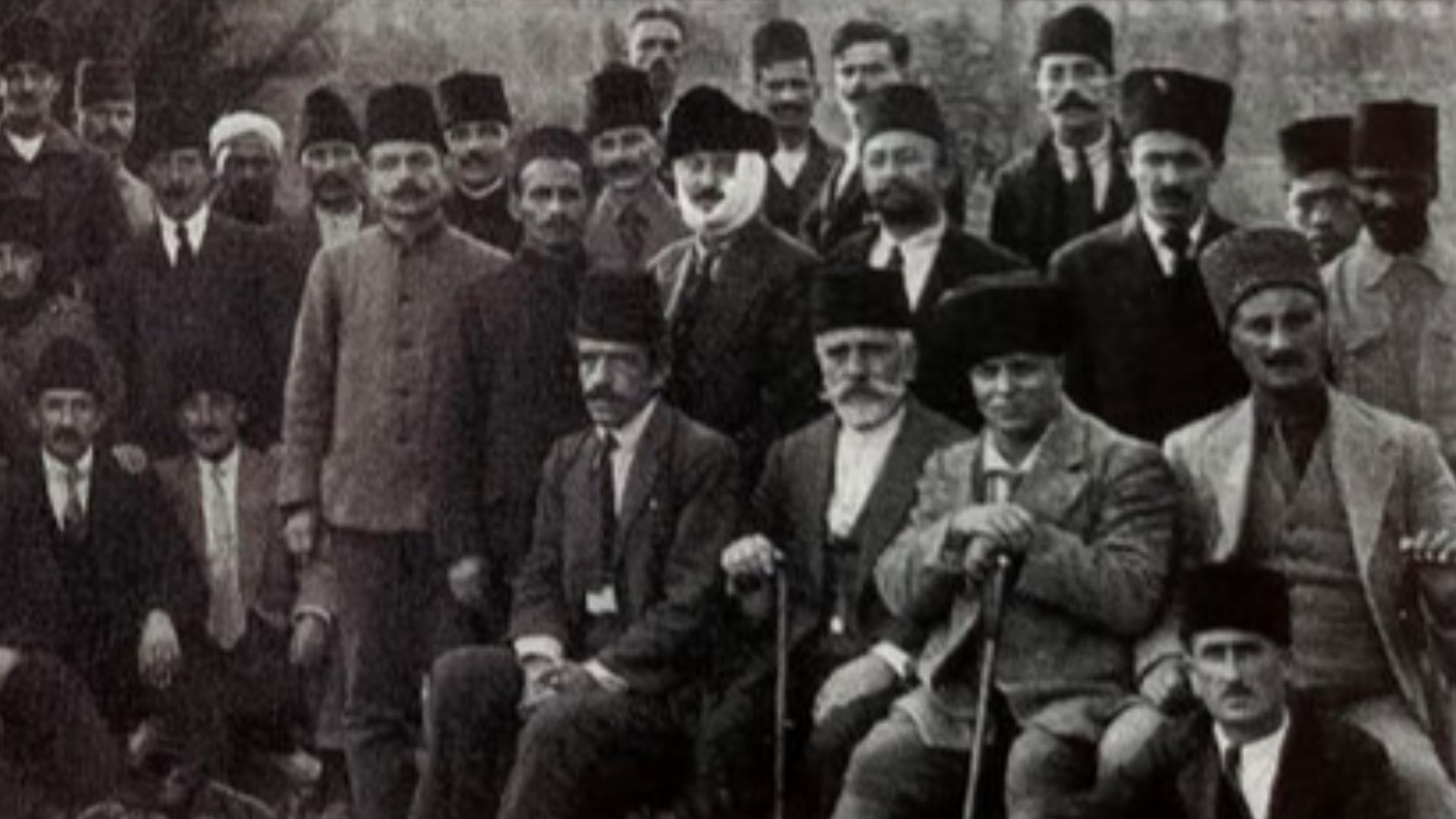 Unknown authorUnknown author, Wikimedia Commons
Unknown authorUnknown author, Wikimedia Commons
They Didn’t Trust Outsiders
According to many members of the community, they have always been “cautious about outside society”, which meant that “few outsiders were accepted” in the community, and Turkish people mainly “married within their own crowd” for generations.
While many believed this was simply their way of hiding their Black ancestry, we’ll soon find out they really had no choice.
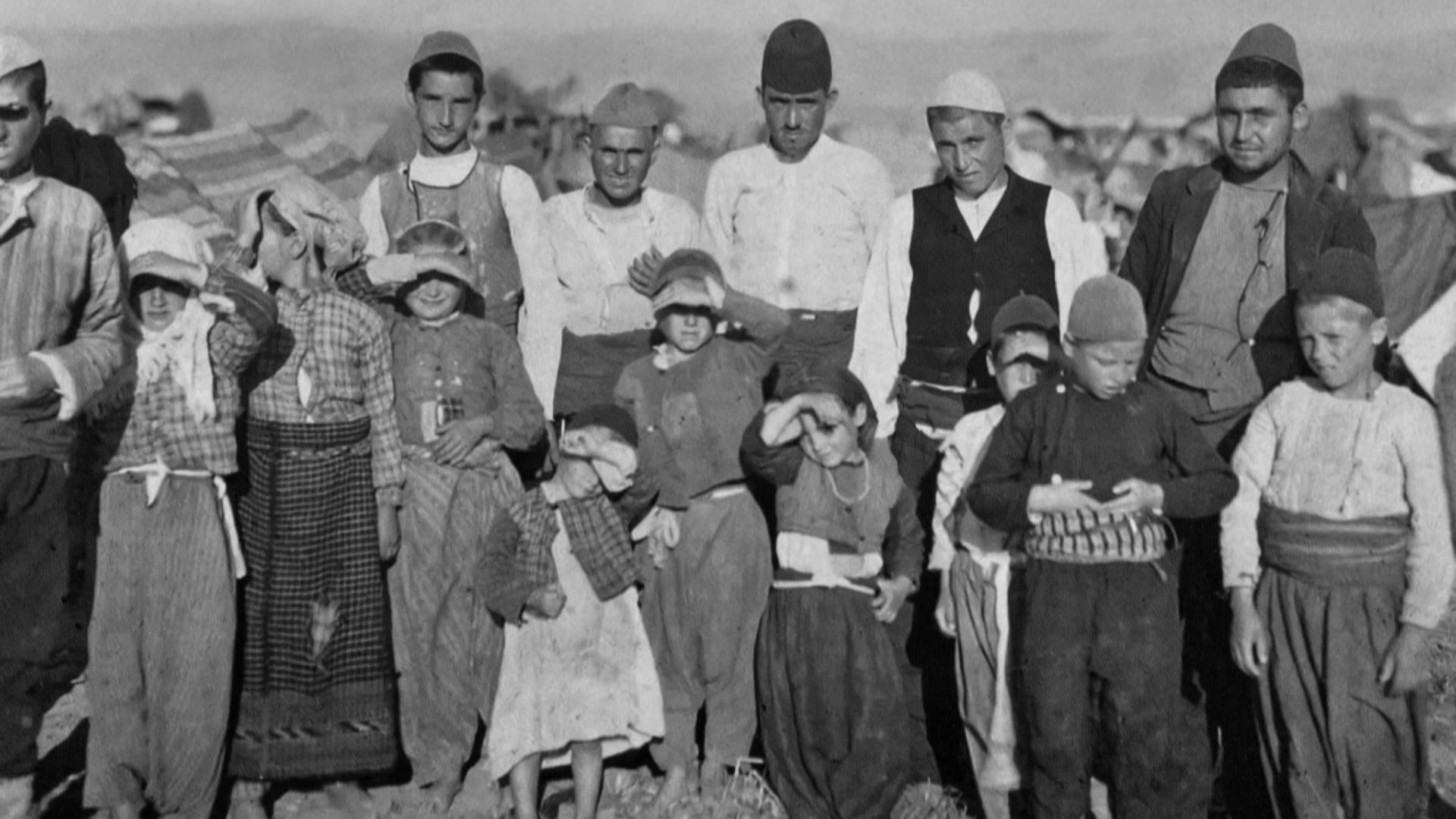 Stéphane Passet (1875-1942), Wikimedia Commons
Stéphane Passet (1875-1942), Wikimedia Commons
A Fading Ethnicity
Dr Ognibene went on to discuss the misrepresentations of her community, highlighting the fact that their “story has never been told fully and accurately”, and that for centuries their “rich history has been overlooked and misrepresented” and, most importantly, their cultural identity questioned.
This is concerning, especially now, because as of the 21st century, the Turkish of South Carolina’s ethnicity is fading—quickly.
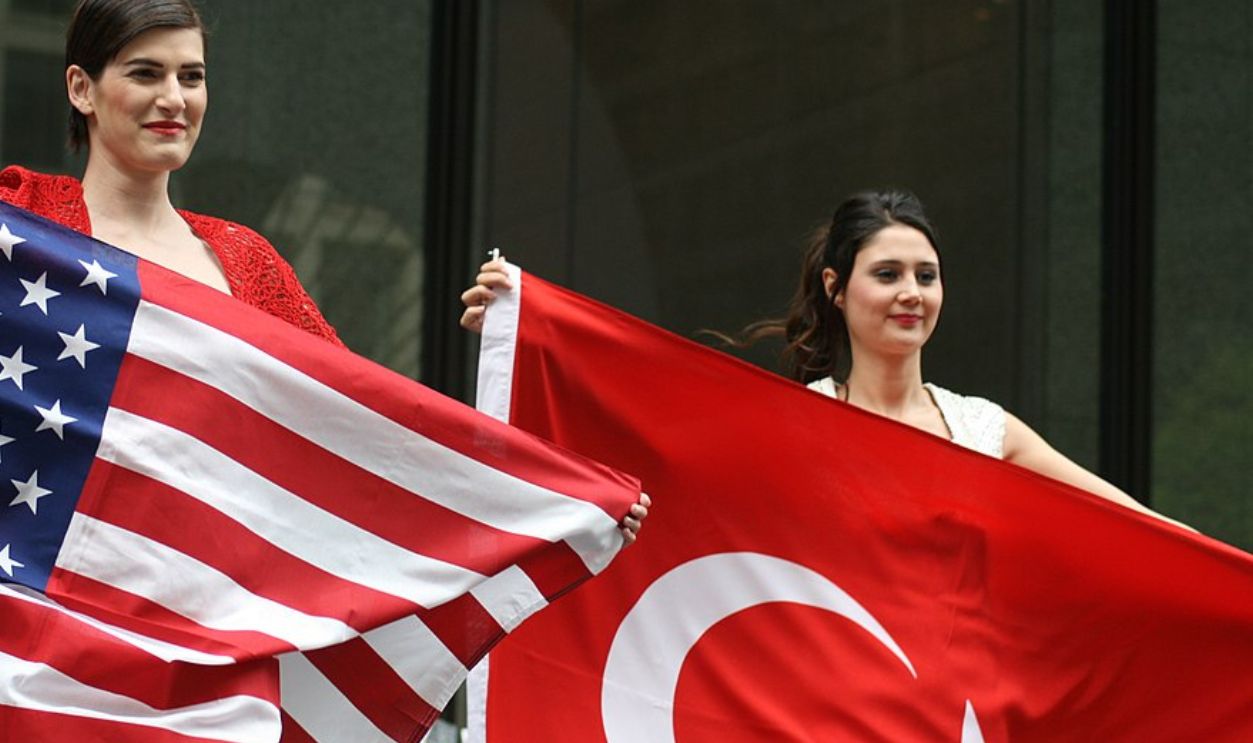 quinn.anya, CC BY-SA 2.0, Wikimedia Commons
quinn.anya, CC BY-SA 2.0, Wikimedia Commons
They Still Didn’t Know Their Roots
While they’ve never really had a booming population, they once numbered several hundred people. Today, however, their numbers are dwindling—and their history is fading along with it.
Luckily, Dr Ognibene teamed up with someone important to get to the bottom of it. Are the Turkish of South Carolina white or Black?
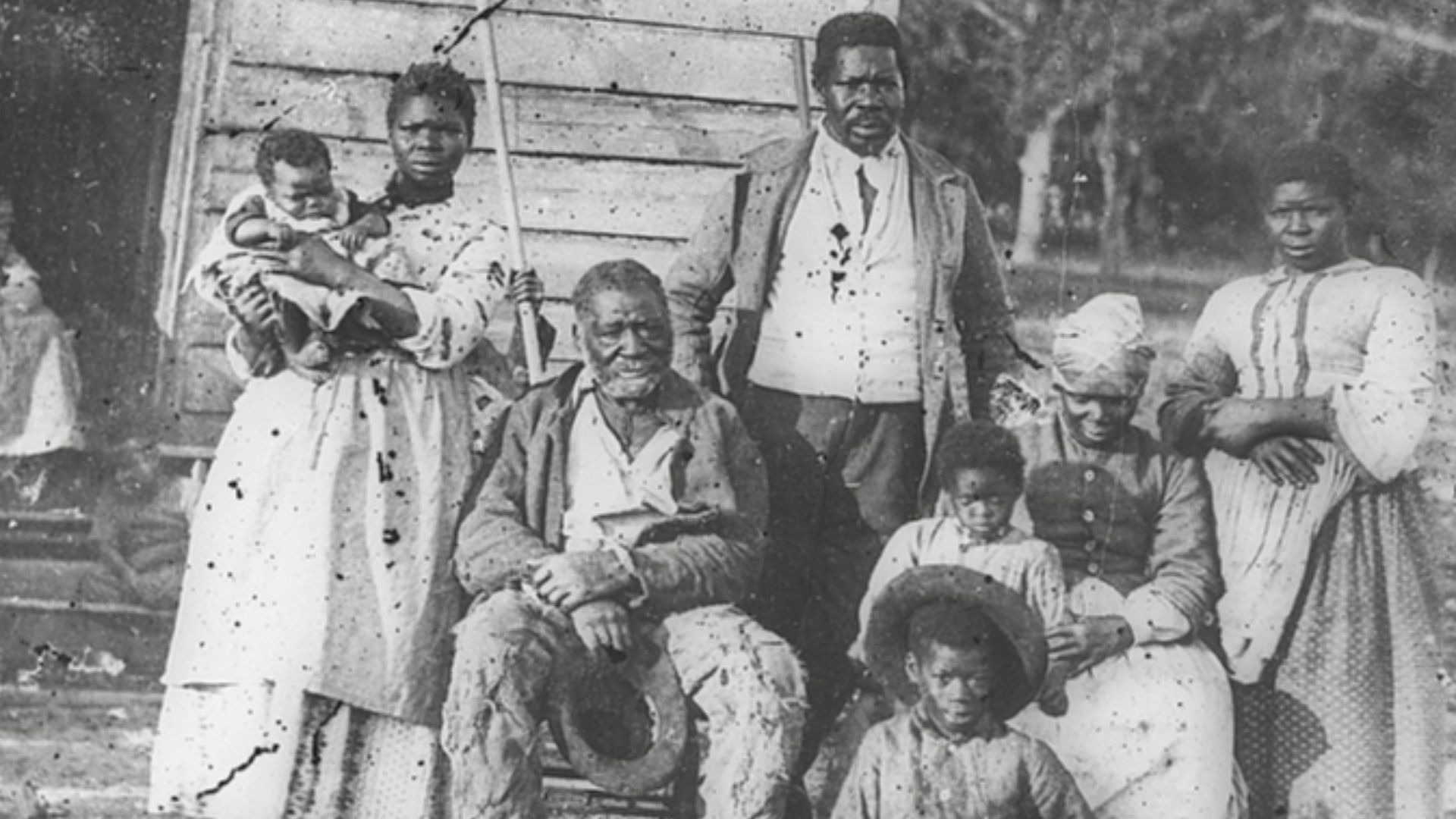 Timothy H. O'Sullivan, Wikimedia Commons
Timothy H. O'Sullivan, Wikimedia Commons
Uncovering Their Truth
Dr Ognibene and Professor Glen Browder studied the Turkish of South Carolina and dug deep into their supposed historical roots to once and for all distinguish between fact and fiction—and what they found is astounding.
Joseph Benenhaley Was A Real Person
Up until now, the Turkish have only ever had oral tradition to depend on when it came to who they were. And considering they were already thought to be making things up, no one really believed that Benenhaley was a real person.
But, according to Dr Ognibene and Professor Browder, historical records claim the community was indeed founded by the Ottoman Turk, Joseph Benenhaley.
He Was An Outcast From Day One
It seems that Benenhaley’s ethnicity was questioned almost immediately, and so it’s believed that he lived in isolation from the very beginning, eventually taking on a wife and having children. Over time, locals joined the secluded community, “assuming a common identity as an outcast group”.
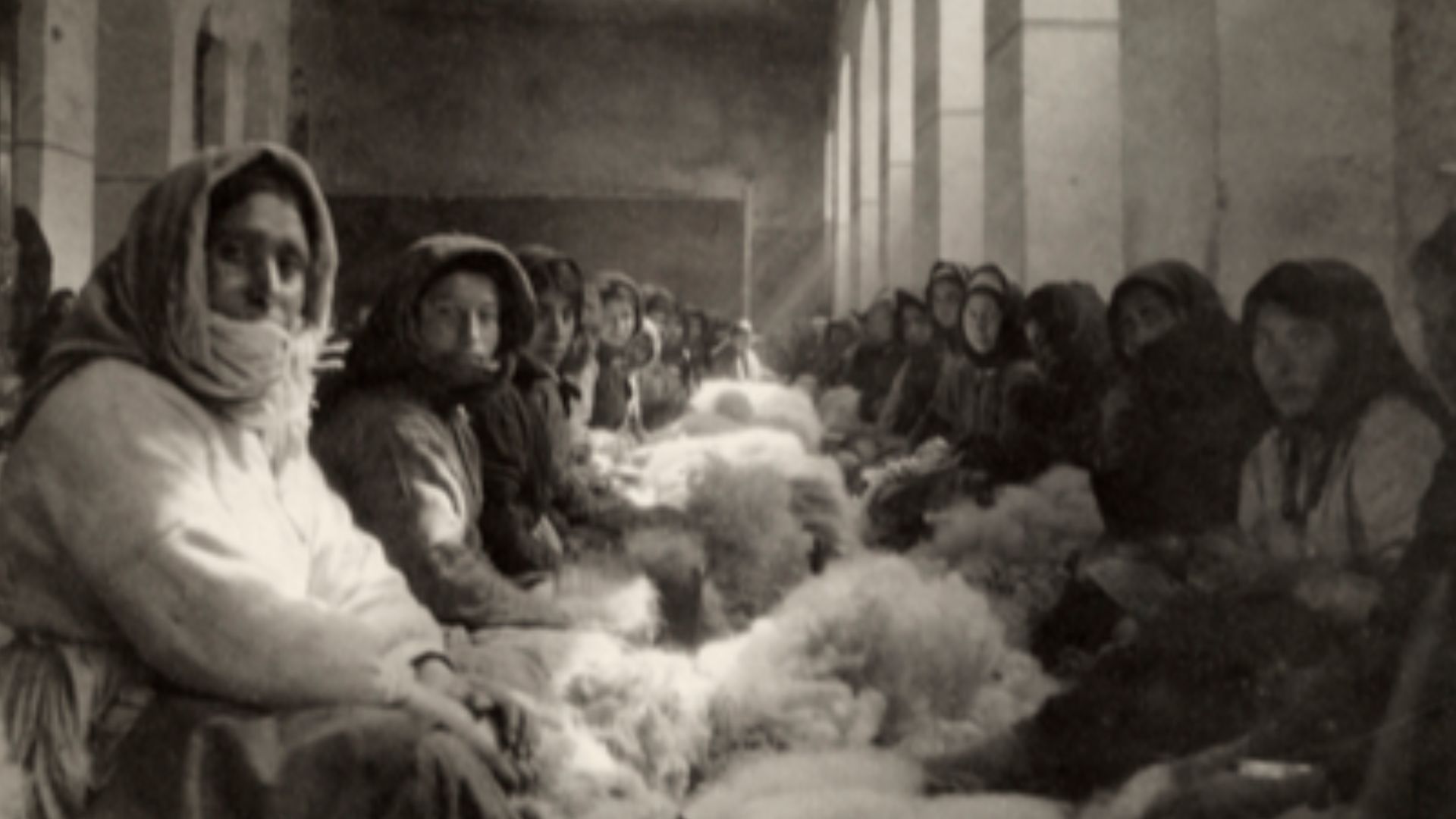 Melville Chater, Wikimedia Commons
Melville Chater, Wikimedia Commons
There Wasn’t Enough Evidence
Considering there is no actual evidence of any of this, the narrative continued that the Turkish of South Carolina were basically making it all up to further avoid being grouped with the lesser end of society.
But when researchers compiled a genealogical census of 270 Joseph Benenhaley descendants—they uncovered an incredible pattern.
The Benenhaley Name
Dr Ognibene and Professor Browder’s census on Benenhaley descendants went as far back as the 1800s, and it showed an important pattern: Over half (51 percent) of the 270 participants shared the Benenhaley last name, and six intermarried families accounted for almost all of the names in the community.
But that’s not all.
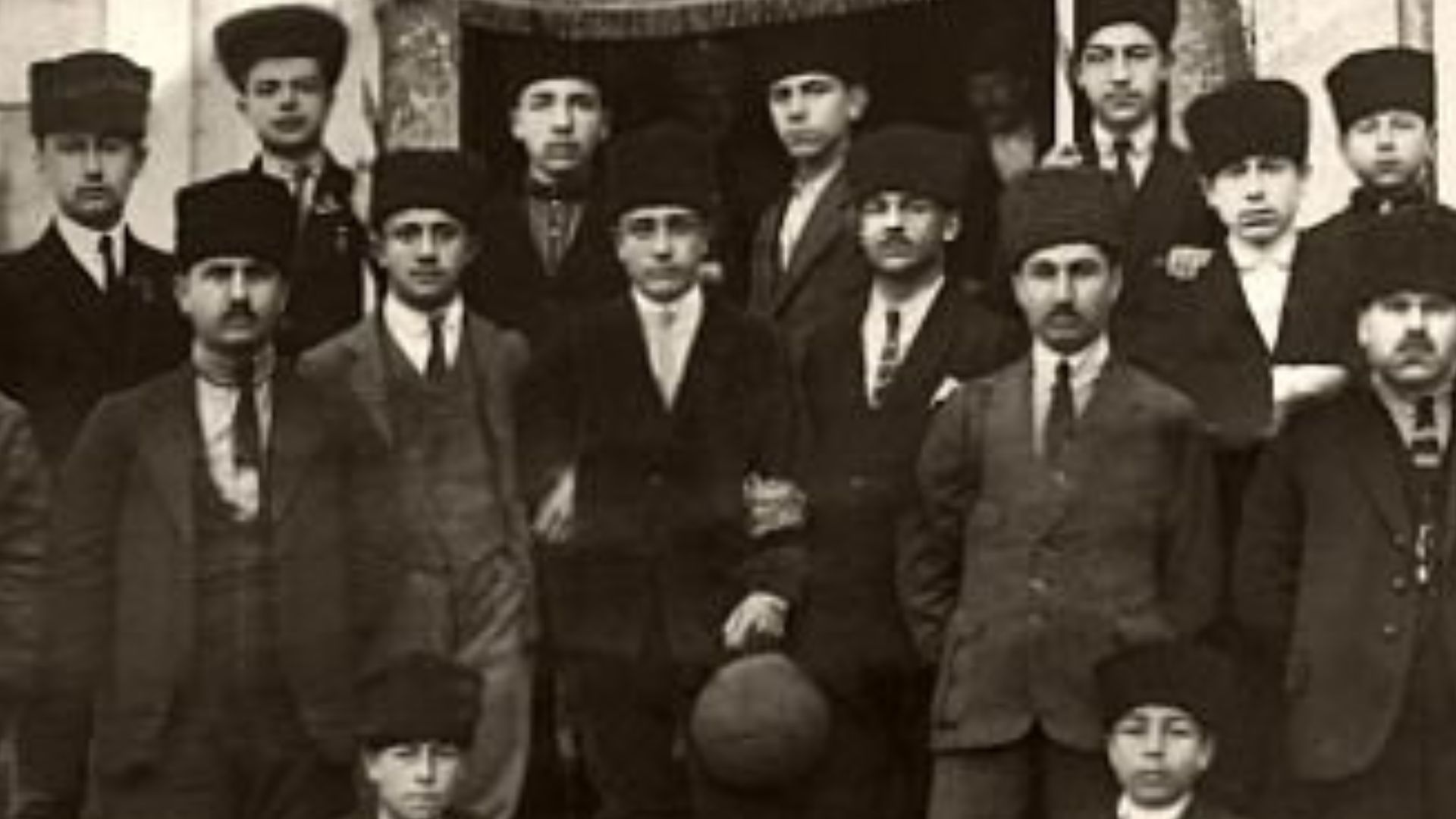 Unknown authorUnknown author, Wikimedia Commons
Unknown authorUnknown author, Wikimedia Commons
The Same Seven Surnames
Researchers went as far as surveying graveyards in the community, and their count of Benenhaley’s buried descendants was also incredible, with once again over half of interred individuals carrying that same last name. Not only that, the rest of the individuals resting in these cemeteries carried the same other six surnames.
These findings strongly suggest that the Turkish did indeed “endure as an enclosed ethnic community”. But the study wasn’t done yet.
 Andrzej Lisowski Travel, Shutterstock
Andrzej Lisowski Travel, Shutterstock
They Needed DNA
As we know, they never fully blended openly into mainstream society, “nor dissipated in the shadows as scattered refugees”. For almost two centuries, the Turkish lived in cultural isolation.
But this information was nothing new. What researchers were looking for now was concrete proof—perhaps in the form of DNA.
They Weren’t Willing To Give It Up
Unfortunately, genetic testing on living members of the South Carolina Turkish people proved difficult to get. After decades in strict isolation, the people weren’t exactly trusting enough to willingly give up their DNA. In fact, it’s been said that they were “skittish” of modern science as a whole.
But genetic testing was the only ticket to finding out where exactly the Turkish fit on the scale of ethnicity—and persistence paid off.
They Had To Do Some Convincing
After countless interviews with living South Carolina Turkish people, it was determined that many of them still had little understanding of their true history. Any information they knew came directly through oral traditions—ones that were often refuted by outsiders, who considered the stories to be no more than myth or, as Browder claims, “a fable concocted to sustain them through unpleasant realities of hard history”.
Convincing them to give up a DNA sample was the only way to further the study.
Setting The Record Straight
The Turkish were adamant that their traditional history was accurate. So, it didn’t take long to convince them to prove it. After persuading enough to take part in genetic testing, researchers finally discovered the truth about their origin—and it greatly differs from some of the wild stories others have come up with over the years.
The Golden-Skinned Creature Theory
Herbert Ravenel Sass, a Charleston County journalist, had an intriguing take on their origins, claiming that they may have been descendants of “golden women of the East”, which he further described as “slender, raven-haired, golden-skinned creatures”, who were apparently “stolen by pirates and brought to South Carolina”.
As interesting as this version may be, other theories didn’t paint quite as beautiful a picture.
A Raceless People
According to one study, Ebony magazine once called the Turkish group a “raceless” people who “distrusted whites and disliked Blacks”. Critics went on to further claim that the idea of an Arab warrior helping in the American Revolution was “unlikely”.
Some theories gave the Turkish even less recognition.
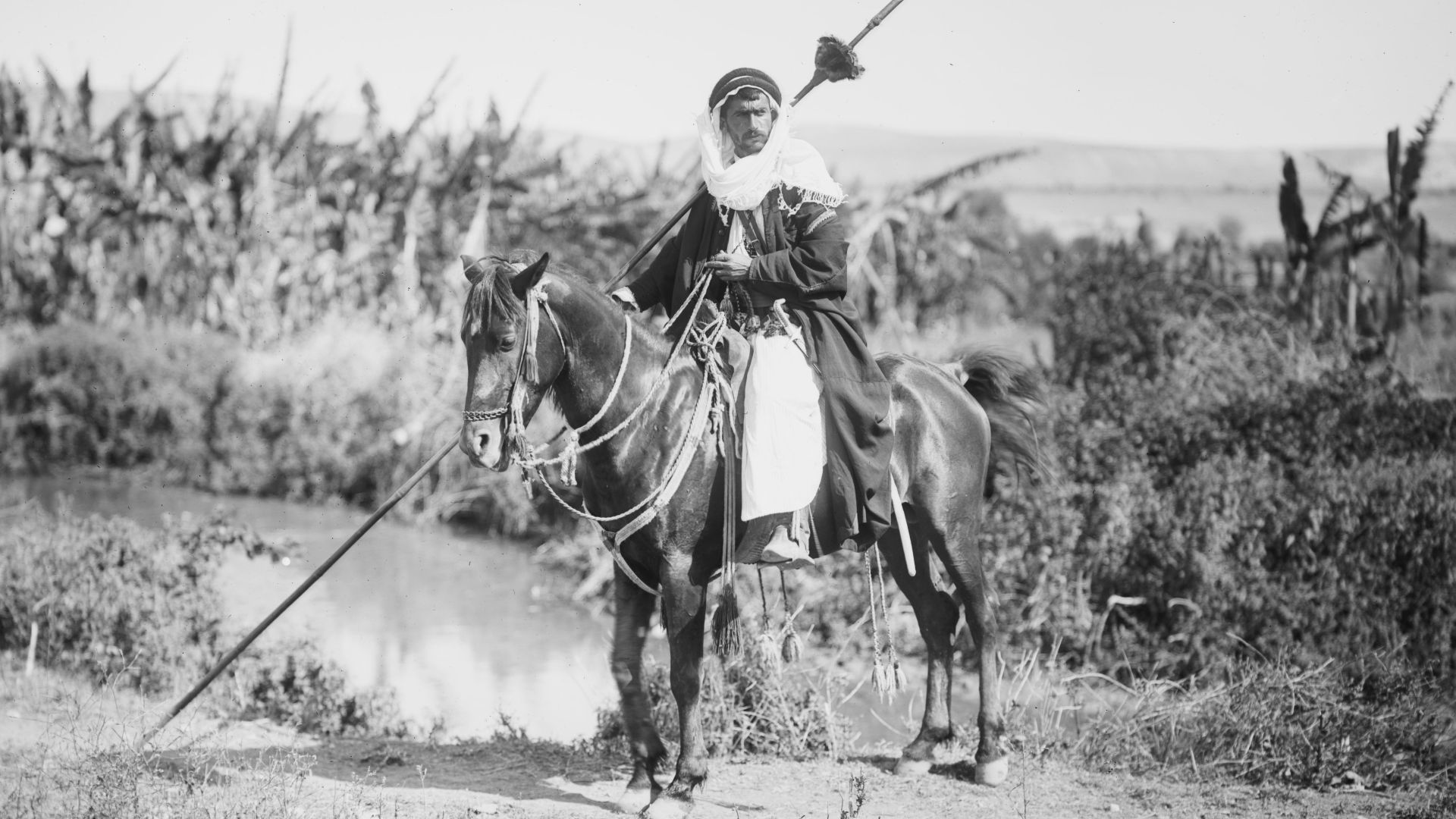 American Colony (Jerusalem). Photo Dept., photographer, Wikimedia Commons
American Colony (Jerusalem). Photo Dept., photographer, Wikimedia Commons
A Scorned Community
Others simplified it all by claiming the group was nothing more than poor white settlers, disassociated Indians, or runaway African slaves, and that the Turkish narrative was simply a “fairy tale for comforting a scorned community”.
It’s no wonder they were so reclusive.
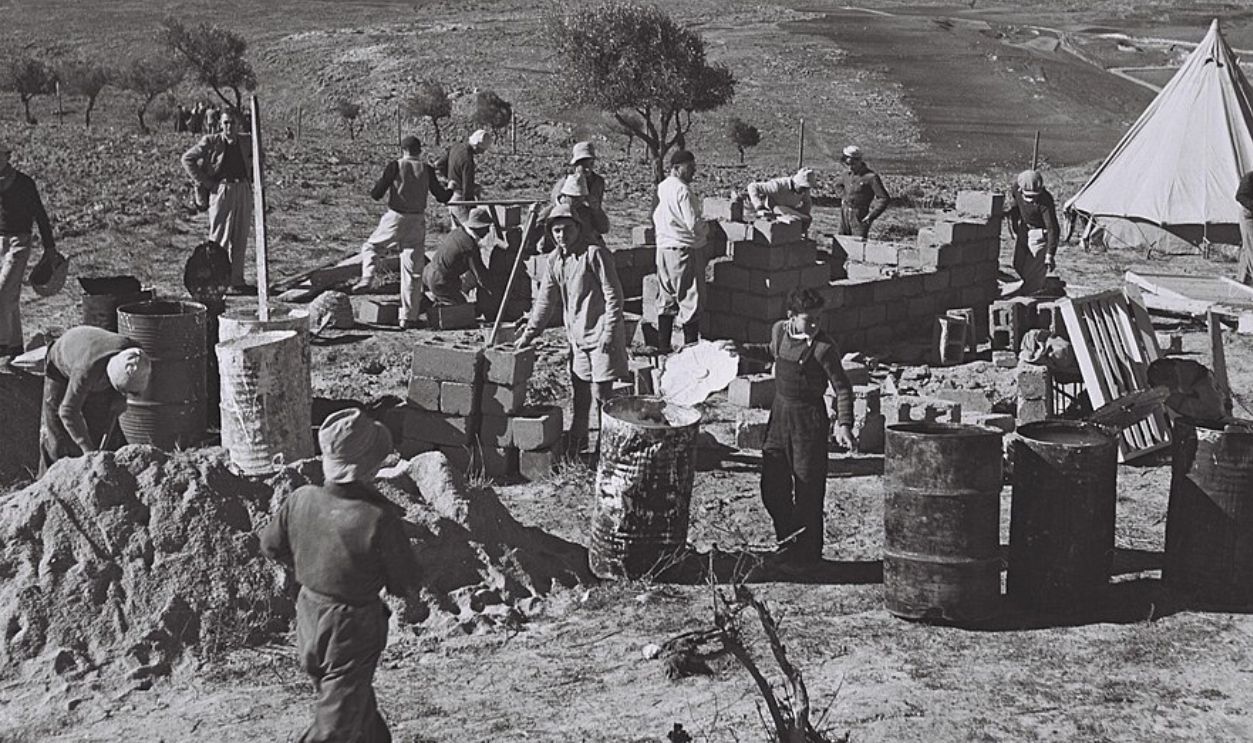 Zoltan Kluger, Wikimedia Commons
Zoltan Kluger, Wikimedia Commons
Why Is The Truth So Hard To Find?
The question as to why their true story is unknown is simple: all we know are oral traditions depicting an epic tale. Considering DNA testing didn’t start until the 1980s, no one has been able to produce any authoritative evidence.
But that’s not the only reason we know so little.
They’ve Been Quiet
Back in the 1970s, a University of South Carolina graduate student, Mike Boliver, tried to interview them for a study—and got nowhere. In fact, all his study says is that “the mood of the community strictly opposes any sort of historical investigation”.
For years, this mysterious community has refused to talk about themselves. But in 2018, some living South Carolina Turkish people came forward—and finally had something to say.
They Found Willing Participants
Despite great reluctance among the South Carolina Turkish to even consider genetic testing, researchers were finally successful in getting DNA samples from eight living members who wanted answers—not exactly as many as they’d hoped, but enough.
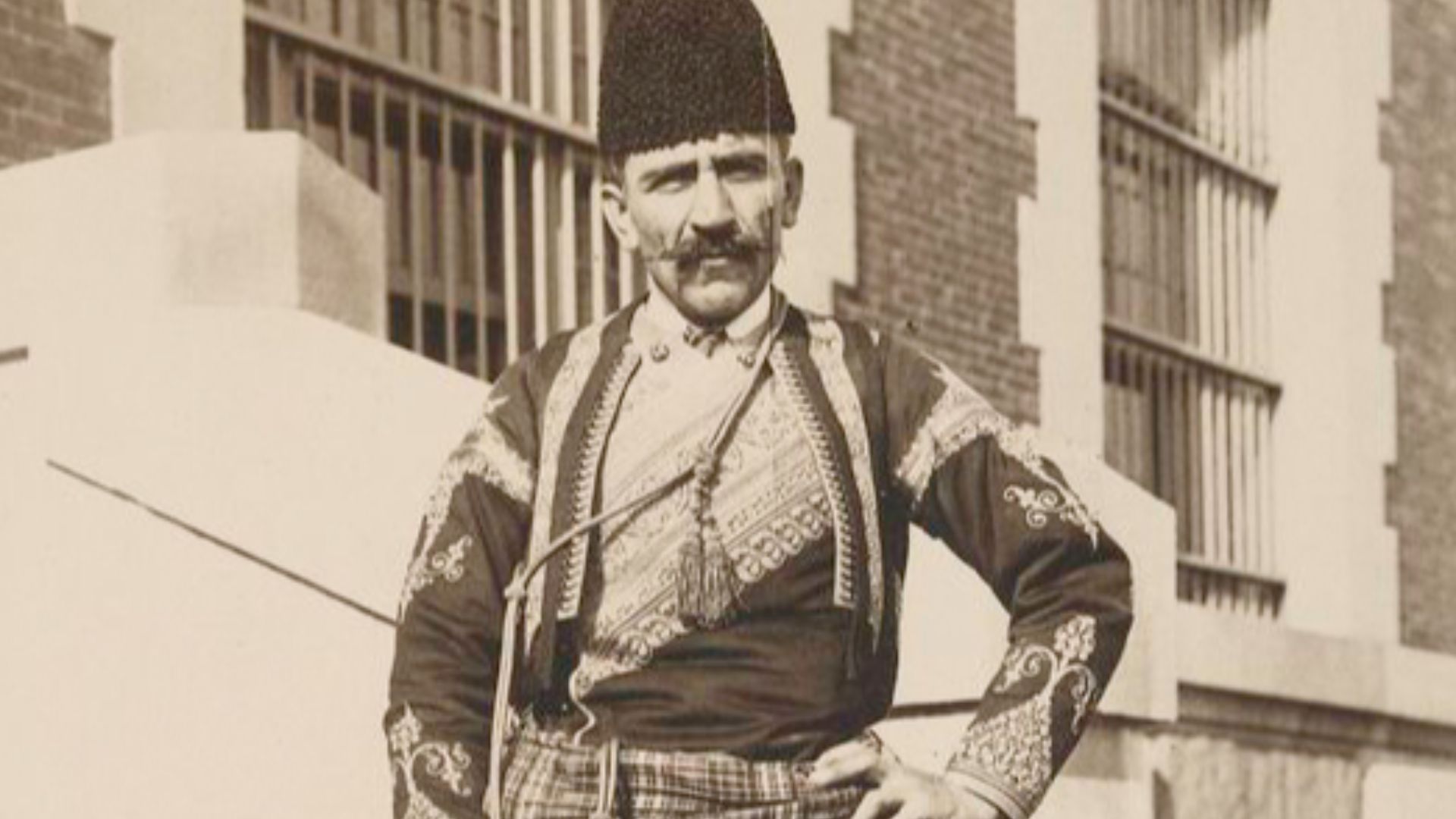 Augustus Frederick Sherman, Wikimedia Commons
Augustus Frederick Sherman, Wikimedia Commons
Their Expectations
All eight participants began the study with the belief that they were of Turkish and white descent, and that they were connected to Joseph Benenhaley—and what they found out was jaw dropping.
They Were Right
Contrary to popular belief, all eight people were, in fact, direct descendants of Joseph Benenhaley. Six of them presented “significant connections" to the Mediterranean/Middle Eastern region—which matched their claims of relation to the Ottoman Empire. So, yes, they were actually Turkish after all.
But that’s not all.
They Have More White Genes Than Anything Else
Although they were once known to have darker skin and some physical characteristics of Black folk, the reports actually found substantial White European admixture, some evidence of Native American contribution—but no significant Sub-Sahara African linkages.
This means that the South Carolina Turkish community did actually have white genes, along with some Native American genes—but virtually no connection to Africa.
It Adds Up
According to further historical research, Joseph Benenhaley’s wife was white, as she married him after he had come to South Carolina. At the same time, there are records of a few Native Americans marrying into the group during the earlier generations.
But what exactly fueled early presumptions to begin with?
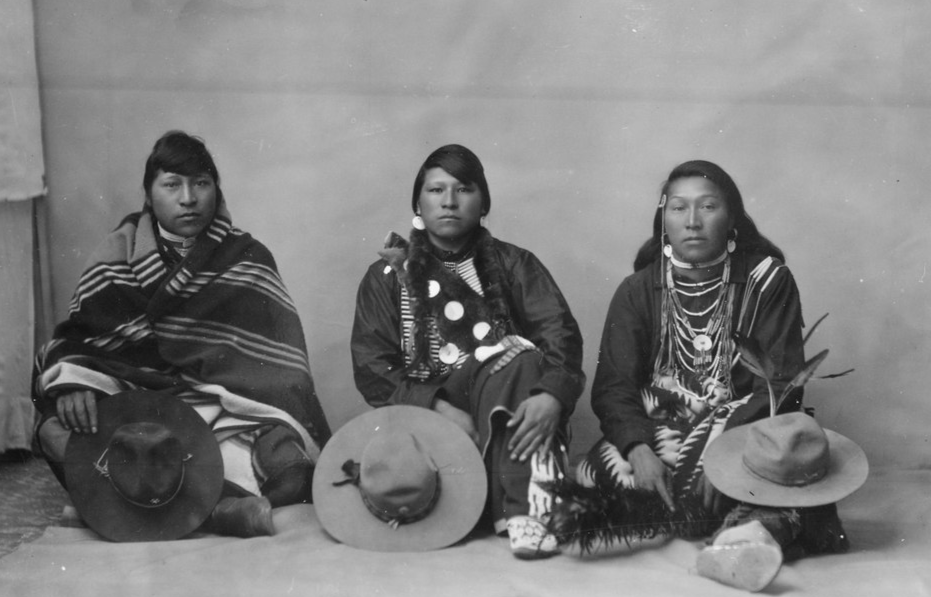 Benedicte Wrensted, Wikimedia Commons
Benedicte Wrensted, Wikimedia Commons
It Wasn’t Just About Looks
The Turkish held their ground for centuries, claiming that if they had to choose between white and Black, they would identify more closely as white—but nearly everyone disagreed with them.
And it wasn’t just because of their appearance.
People Assumed They Were In Hiding
Considering they lived in a time when being Black was not well received, it was widely believed that the Turkish people of South Carolina were claiming a Turkish heritage to hide African roots.
As a result, they endured decades of hostile discrimination, and a whole lot of misrepresentation.
Even Taxes Were Confusing
In fact, in 1858, the tax collector of Sumter sent an inquiry to the South Carolina Committee on the Colored Population, as to whether this group should be taxed under the bracket of “Free Blacks” or as whites. But no one had a definitive answer. Instead, they were grouped with “descendants of Egyptians and Indians”—and were not considered Black or white at all.
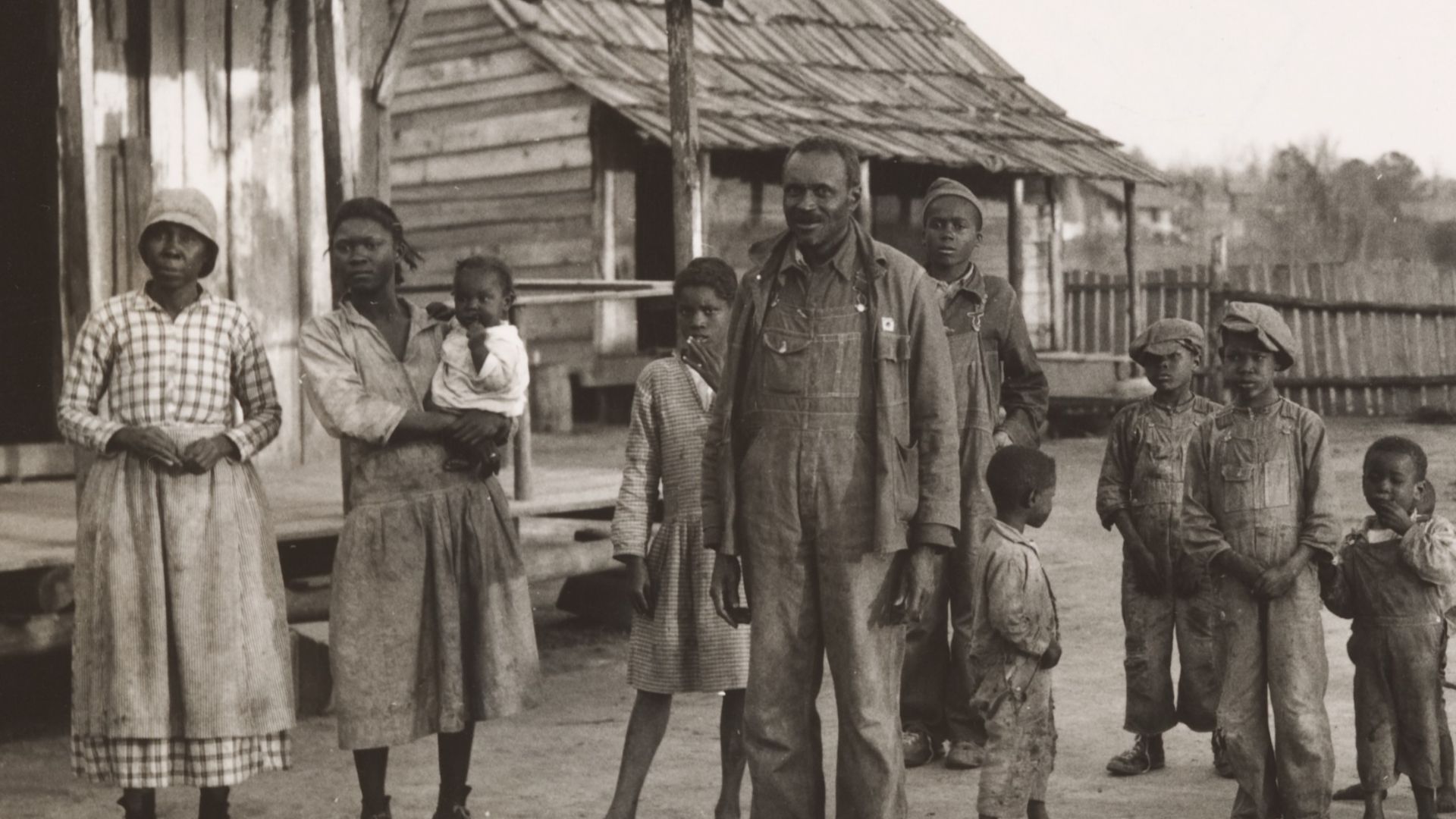 Arthur Rothstein, Wikimedia Commons
Arthur Rothstein, Wikimedia Commons
They Were Never Ashamed
It's official now, though. DNA testing fully supports the traditional story of the South Carolina Turkish people—claiming Middle Eastern origin with strong European genes. At the same time, it disproves the absurd assumption that they had been claiming a Turkish identity to mask African roots—a heritage that living Turkish say they would have willingly welcomed with open arms, had it been true.
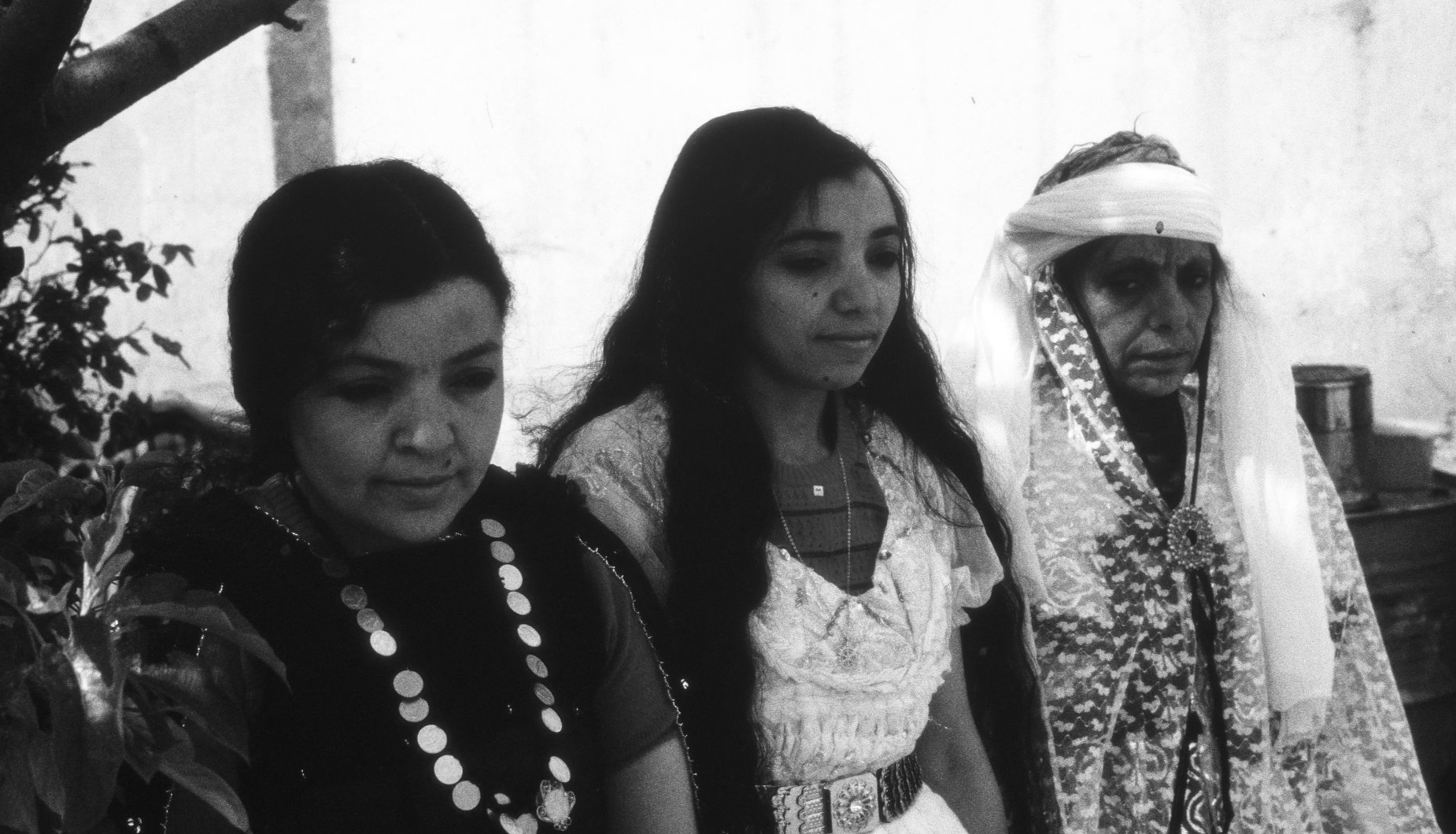 Angeline A. van Achterberg, Wikimedia Commons
Angeline A. van Achterberg, Wikimedia Commons
The South Carolina Turkish Today
Today, this unique group’s identity has evolved and they are no longer isolated or segregated. While many have moved away or integrated into mainstream society, some continue to live in Sumter County, South Carolina—keeping their heritage close.
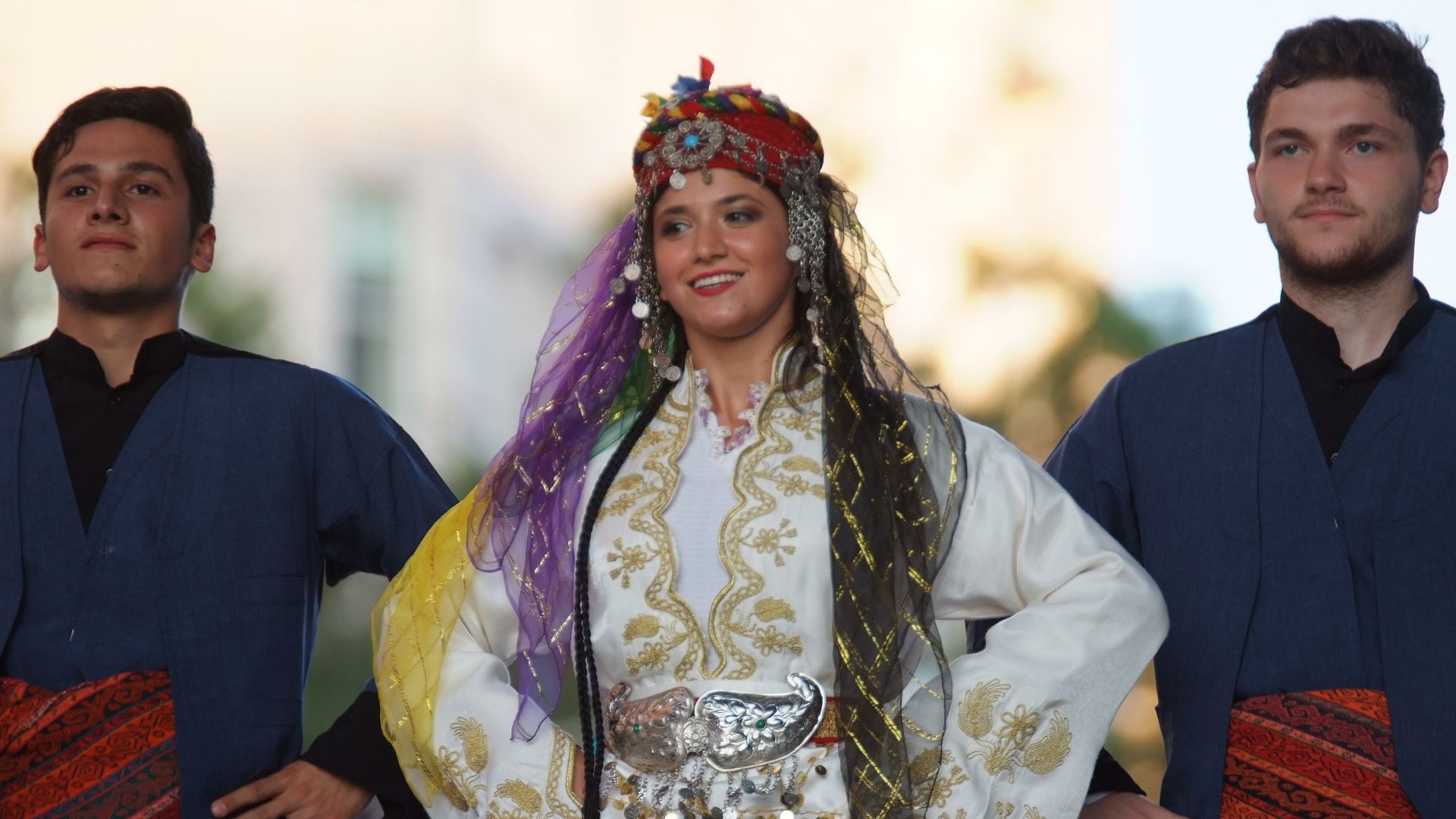 S Pakhrin from DC, USA, Wikimedia Commons
S Pakhrin from DC, USA, Wikimedia Commons
You May Also Like:
For centuries, no one knew where the mysterious Melungeons came from—until modern DNA proved their diverse roots.
A brilliant researcher discovered that spider webs can actually be used to capture airborne environmental DNA.
Researchers Thought Competition Drove Neanderthals To Extinction—But Genetic Evidence Now Shows Some Survived And Interbred With Humans

